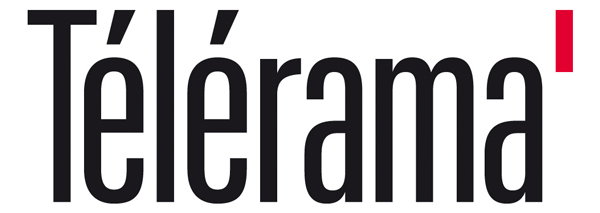Black Chicago
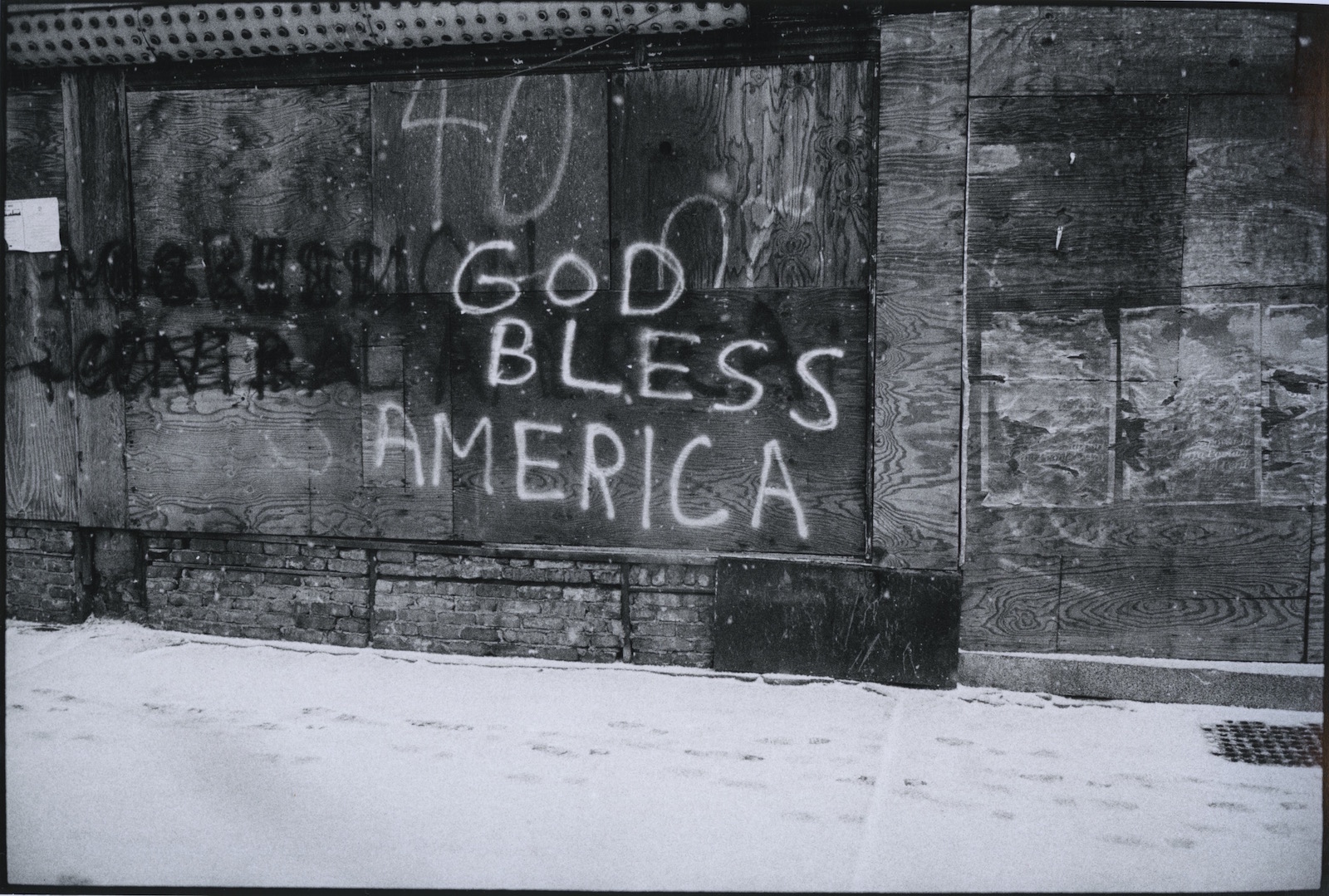
Image: 7 x 10,4 inches
Print: 11 x 14 inches
Titled, dated and signed by the artist on verso
Image: 7 x 10,4 inches
Print: 11 x 14 inches INV Nbr. TA1611002 Kindly.
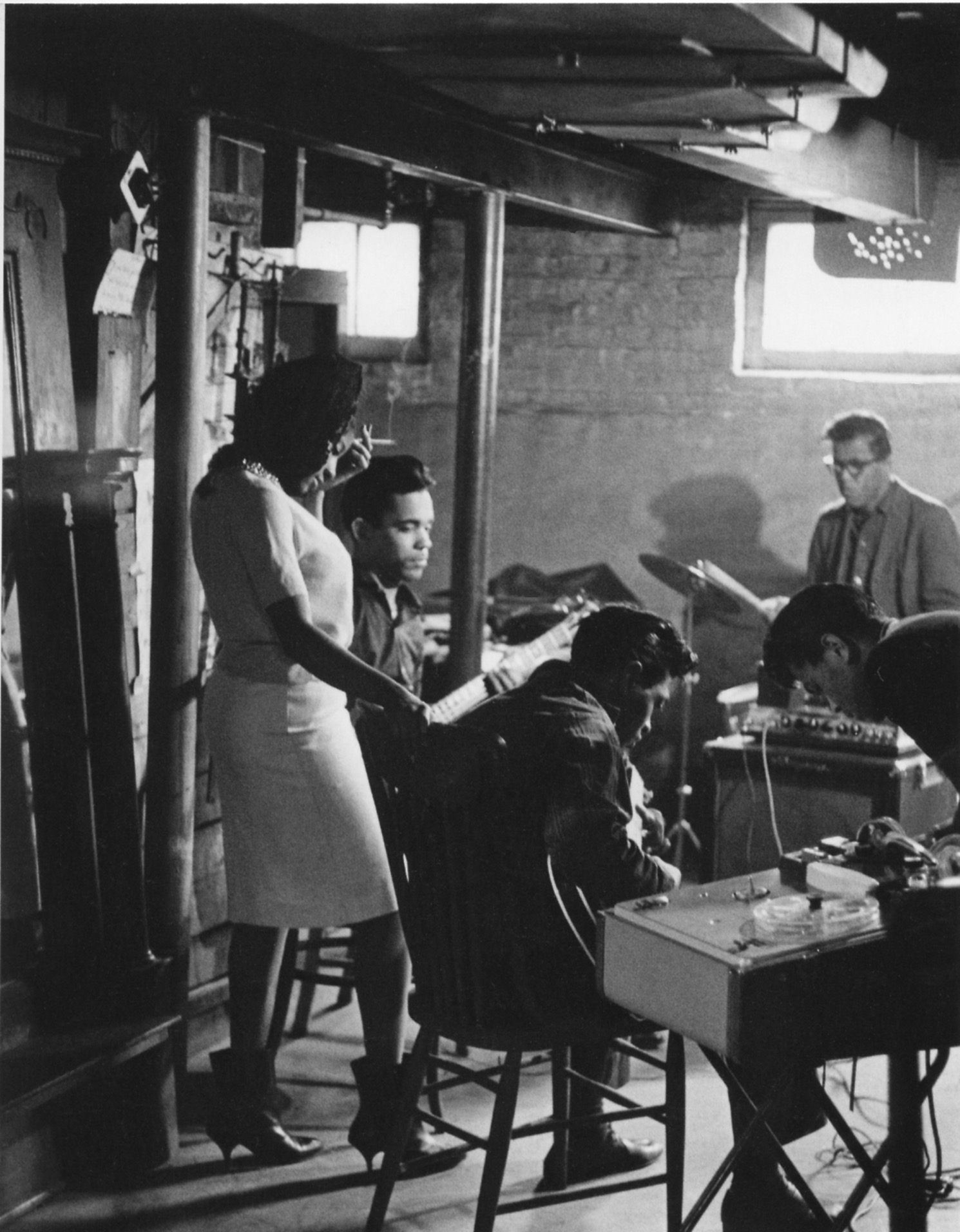
Image: 8 x 11 inches
Image: 8 x 11 inches INV Nbr. RF1710001 Kindly.
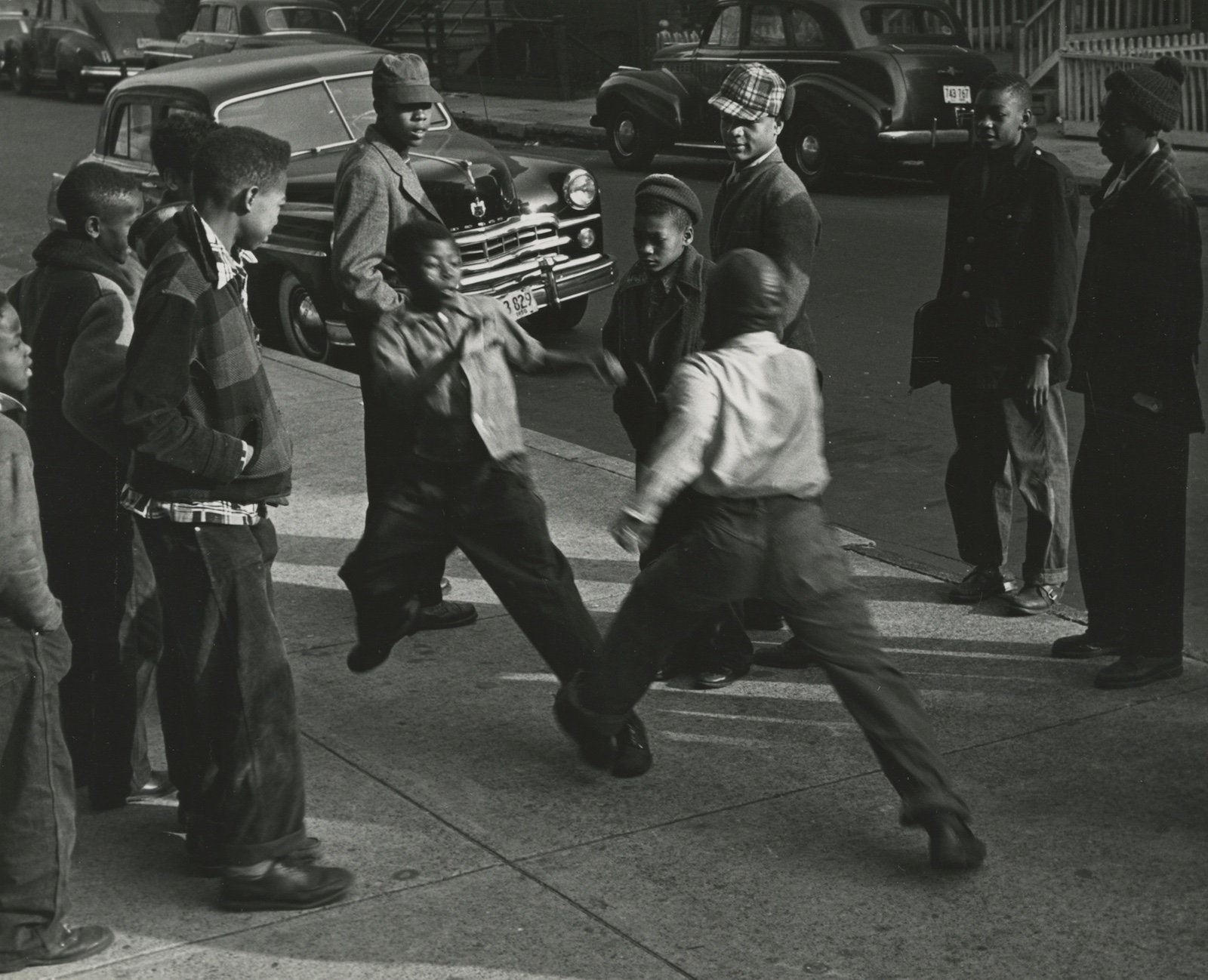
Print: 7 5/8 x 9 1/2 inches
Signed and dated by the artist
Print: 7 5/8 x 9 1/2 inches INV Nbr. MN1709007 Kindly.
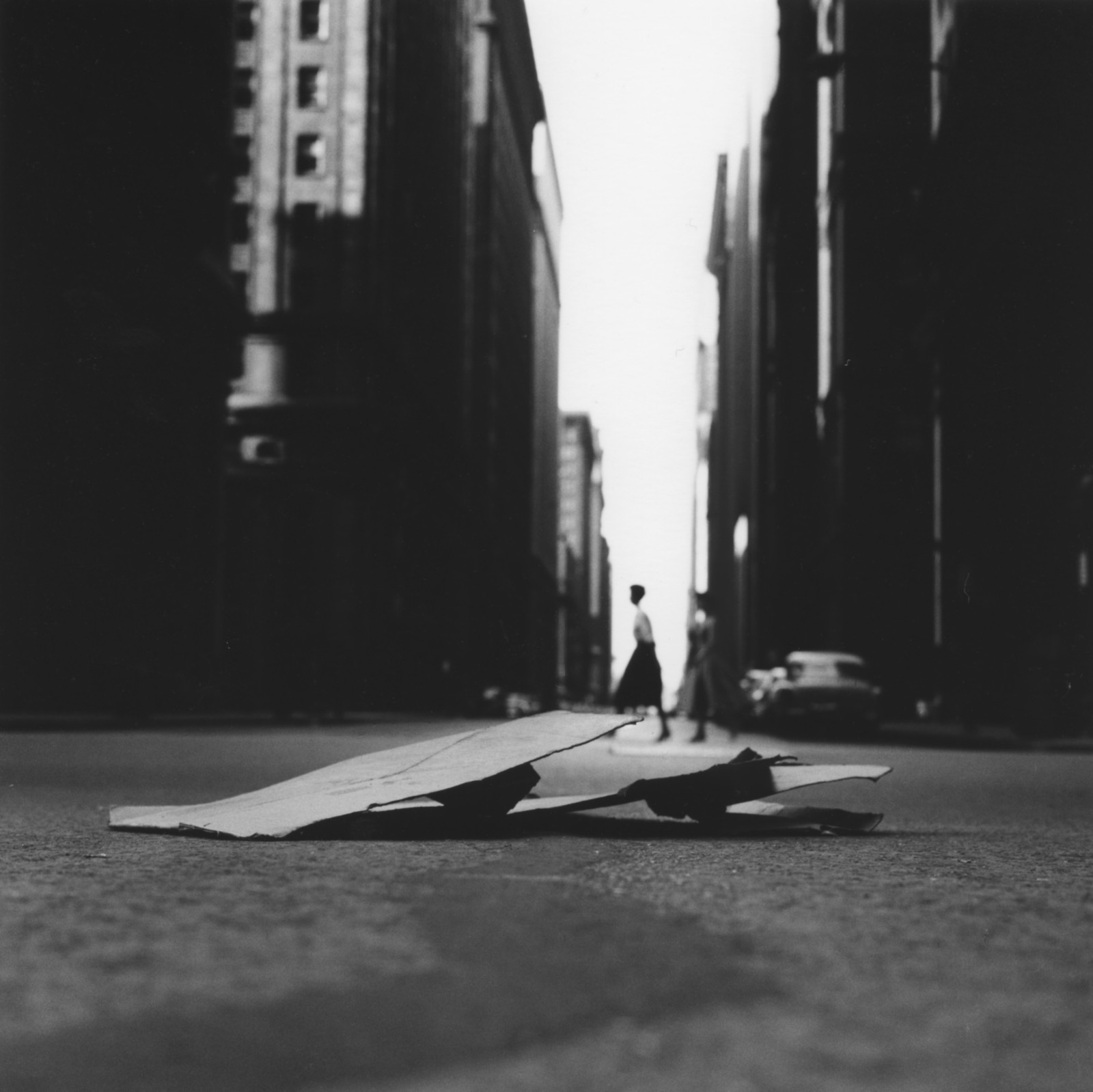
Image: 7 x 7 inches
Print: 8 x 10 inches
Annotated in pencil by the artist and RKM Archive stamp on verso
Image: 7 x 7 inches
Print: 8 x 10 inches INV Nbr. RM1709004 Kindly.
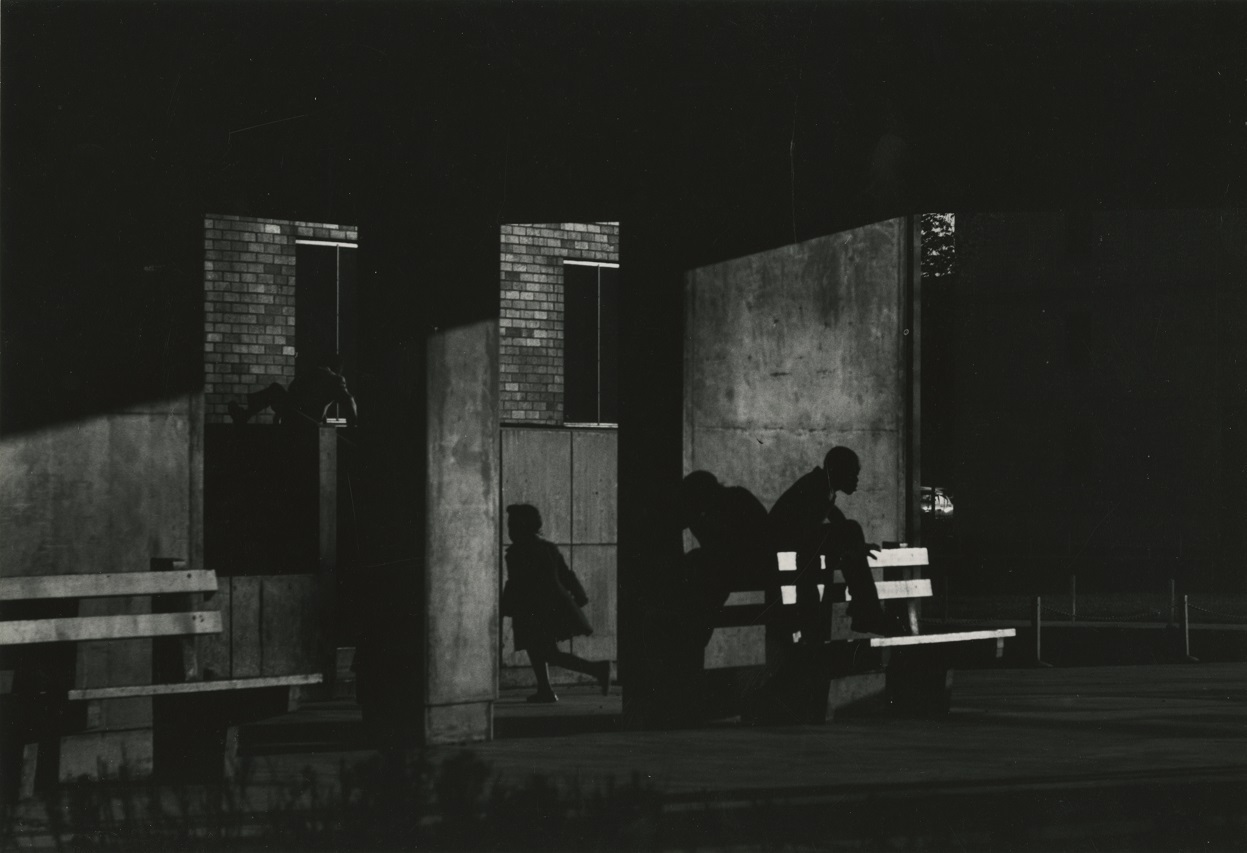
Image: 6 x 8 inches
Print: 8 x 10 inches
Annotated in pencil by the artist and RKM Archive stamp on verso
Image: 6 x 8 inches
Print: 8 x 10 inches INV Nbr. RM1709008 Kindly.
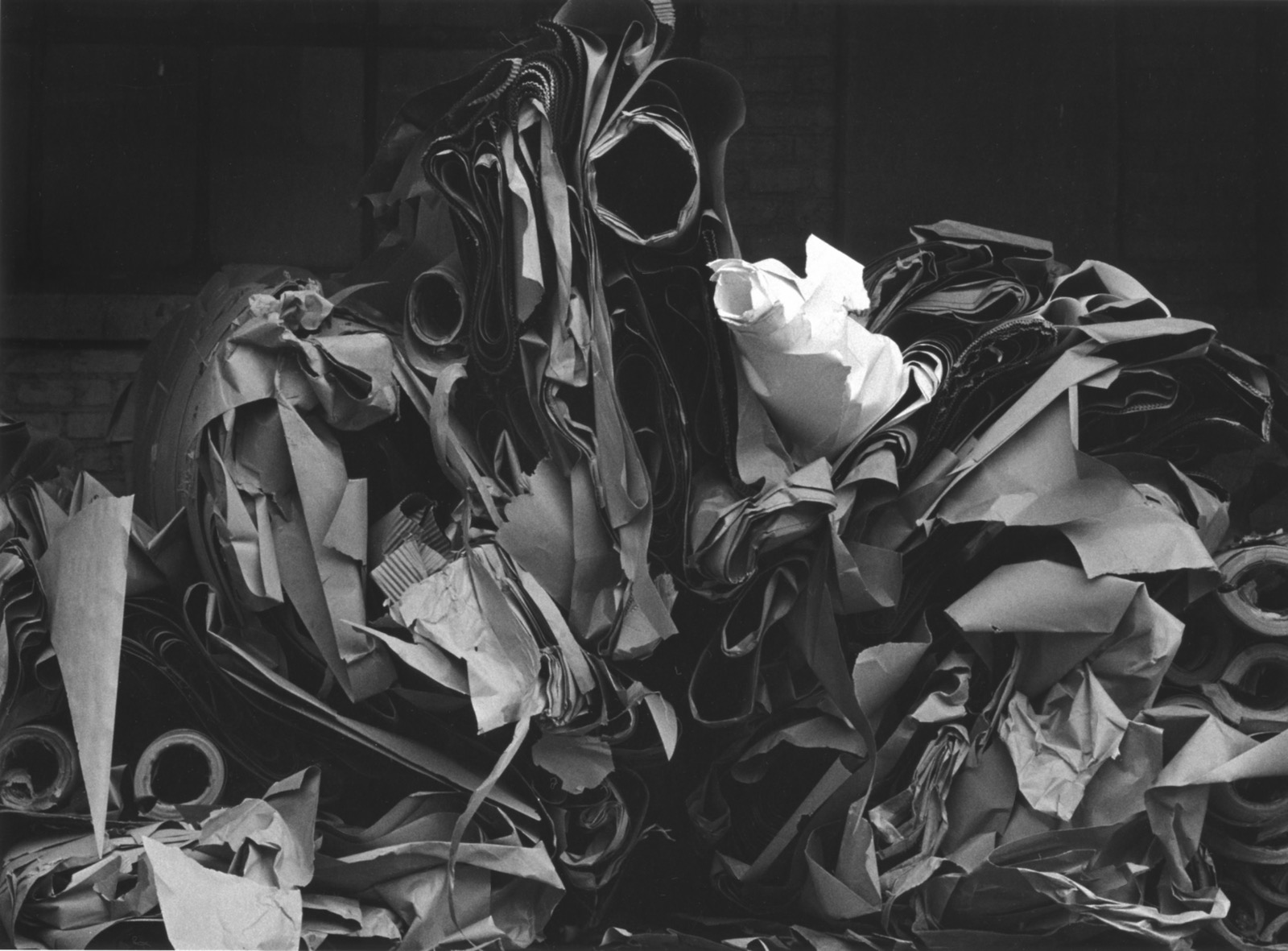
Image: 6 x 8 inches
Print: 8 x 10 inches
Signed, numbered and dated on verso
Image: 6 x 8 inches
Print: 8 x 10 inches INV Nbr. RM1709003 Kindly.

Image: 37 x 29 inches
Print: 39 x 31 inches
Hahnemuhle Photo Silk Baryta paper
Image: 37 x 29 inches
Print: 39 x 31 inches INV Nbr. CJO1707007 Kindly.
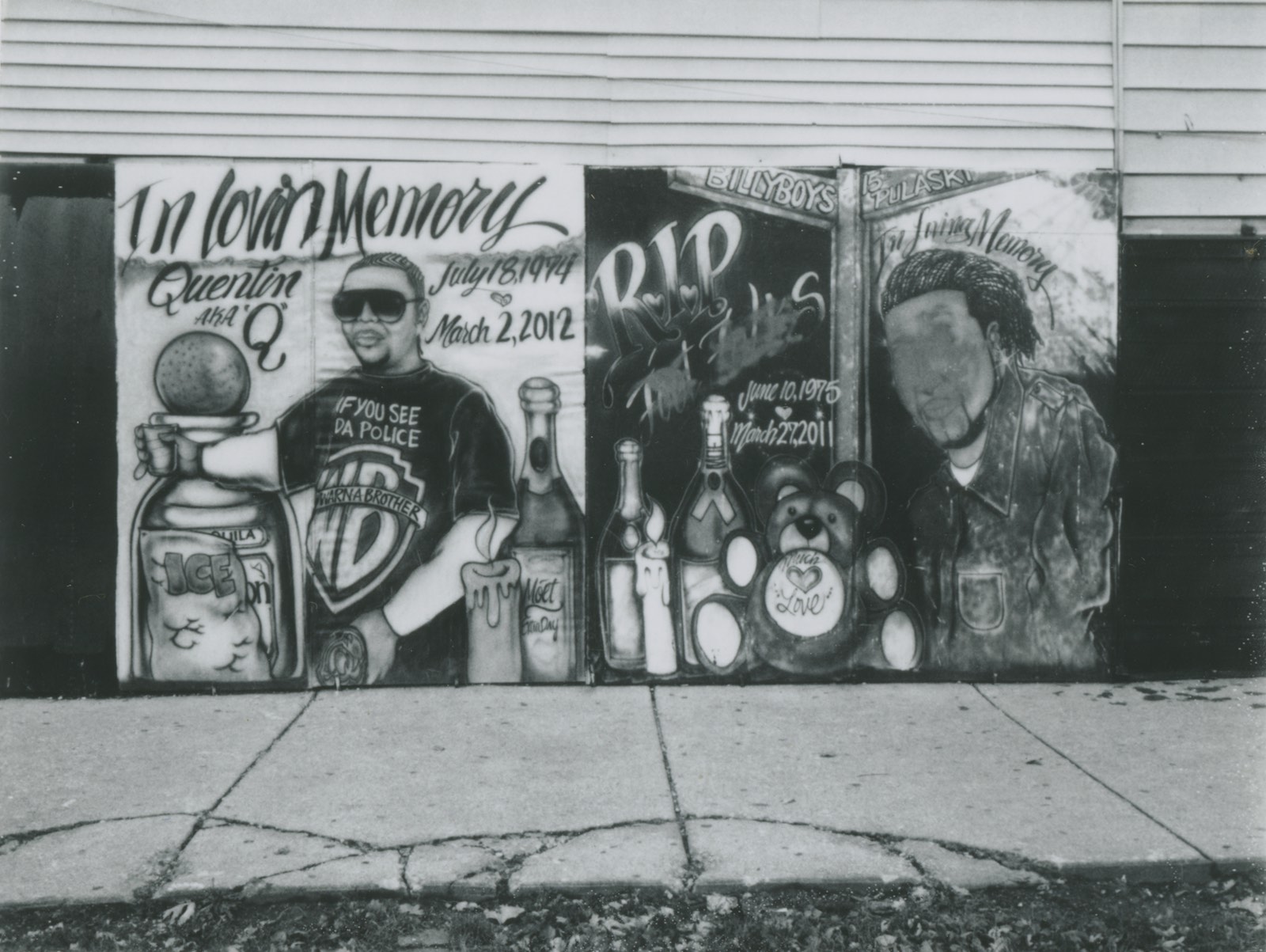
Image: 3,7 x 2,8 inches
Print: 4 x 3 inches
Dated and signed by the artist on verso
Image: 3,7 x 2,8 inches
Print: 4 x 3 inches INV Nbr. CJO1709012 Kindly.
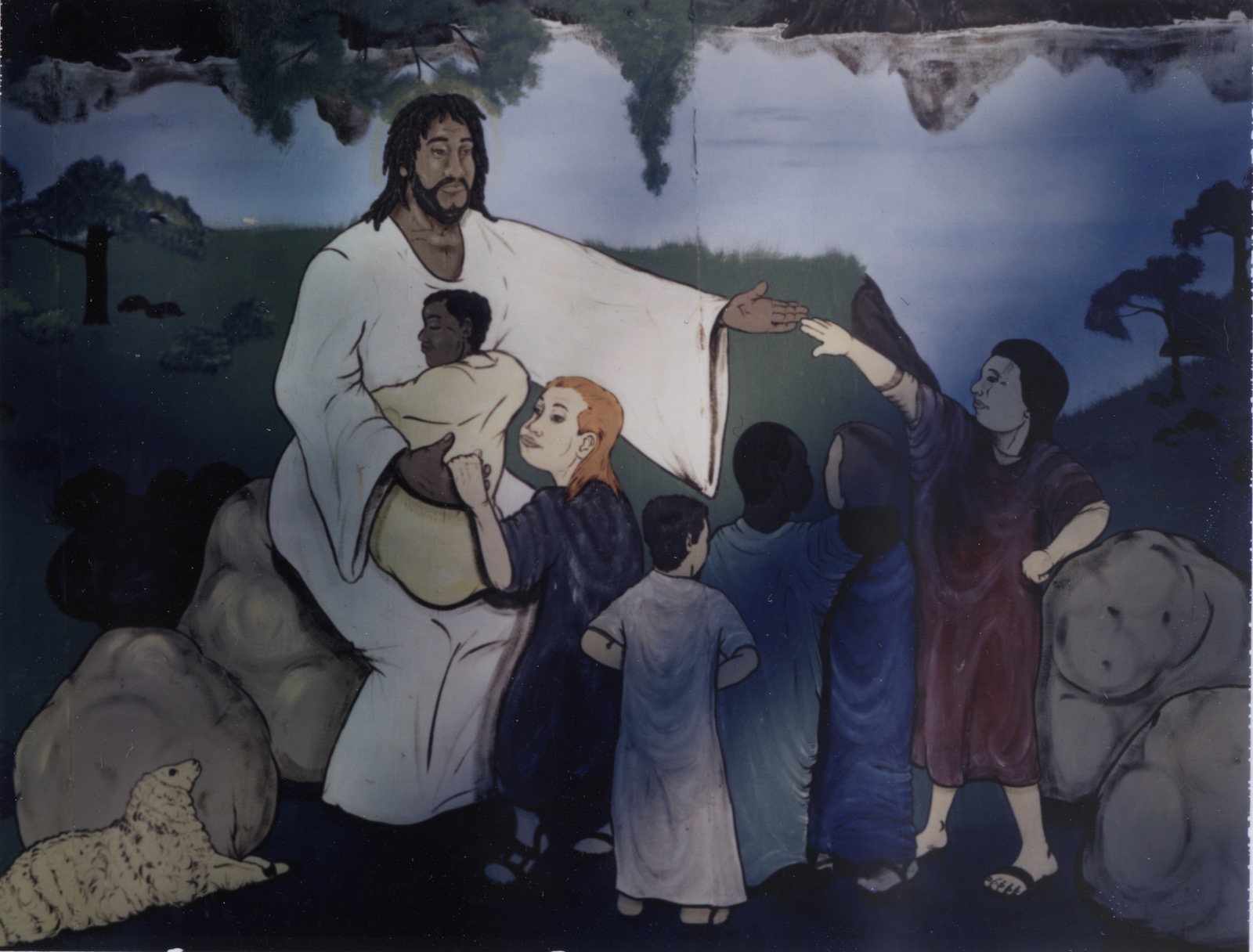
Image: 3,7 x 2,8 inches
Print: 4 x 3 inches
Dated and signed by the artist on verso
Image: 3,7 x 2,8 inches
Print: 4 x 3 inches INV Nbr. CJO1709009 Kindly.
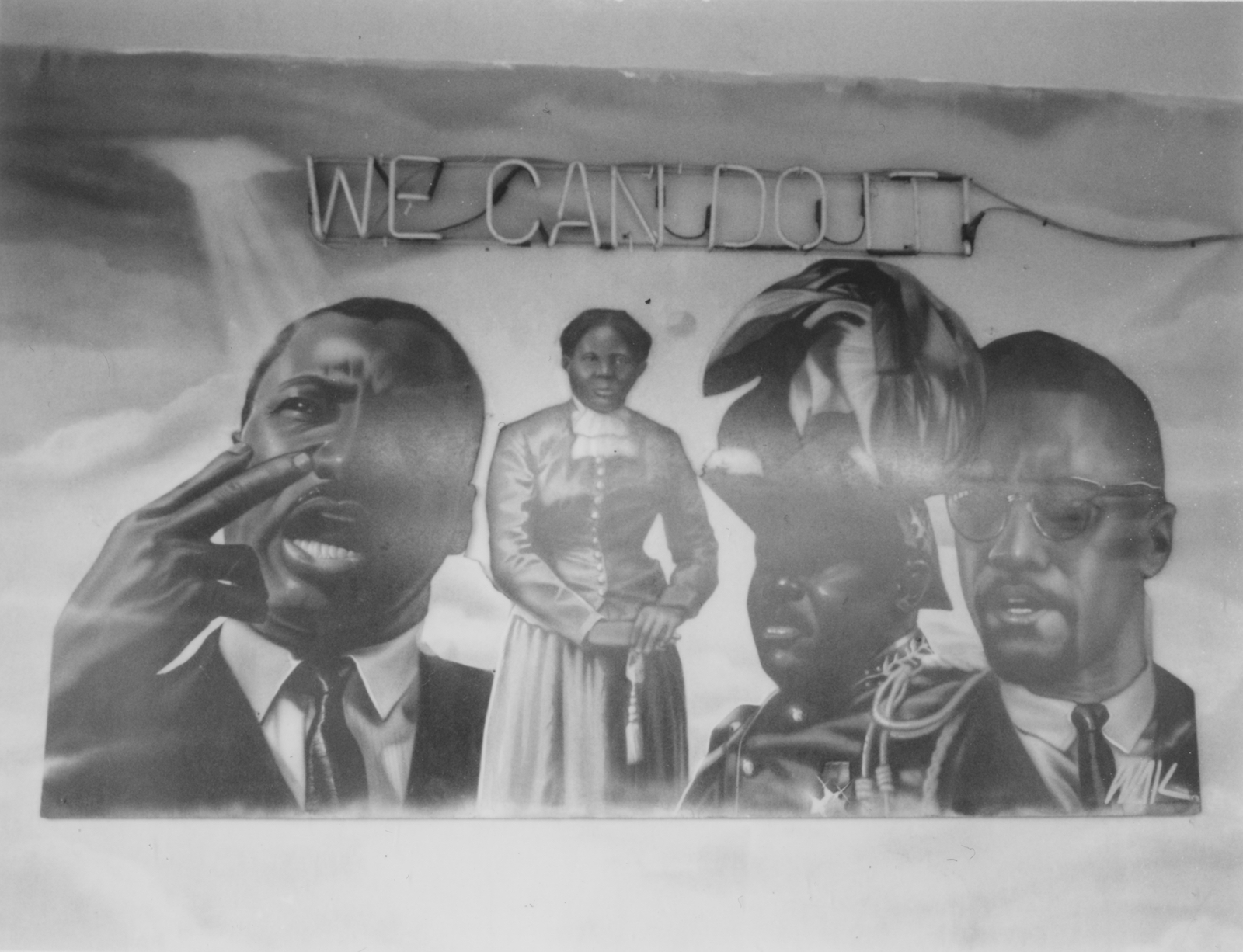
Image: 3,7 x 2,8 inches
Print: 4 x 3 inches
Dated and signed by the artist on verso
Image: 3,7 x 2,8 inches
Print: 4 x 3 inches INV Nbr. CJO1709010 Kindly.

Image: 3,7 x 2,8 inches
Print: 4 x 3 inches
Dated and signed by the artist on verso
Image: 3,7 x 2,8 inches
Print: 4 x 3 inches INV Nbr. CJO1709011 Kindly.
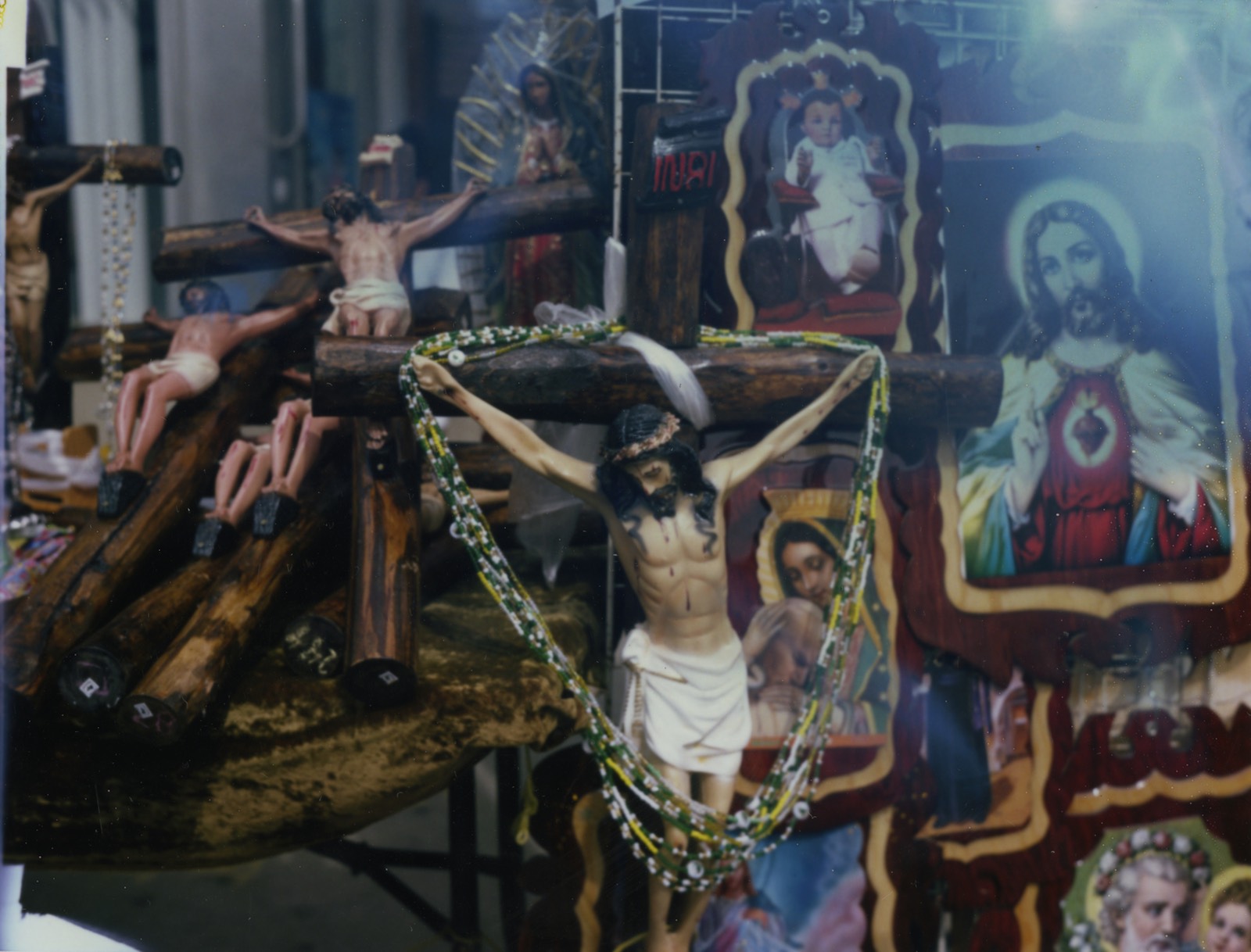
Image: 3,7 x 2,8 inches
Print: 4 x 3 inches
Dated and signed by the artist on verso
Image: 3,7 x 2,8 inches
Print: 4 x 3 inches INV Nbr. CJO1709006 Kindly.

Image: 3,7 x 2,8 inches
Print: 4 x 3 inches
Dated and signed by the artist on verso
Image: 3,7 x 2,8 inches
Print: 4 x 3 inches INV Nbr. CJO1709008 Kindly.
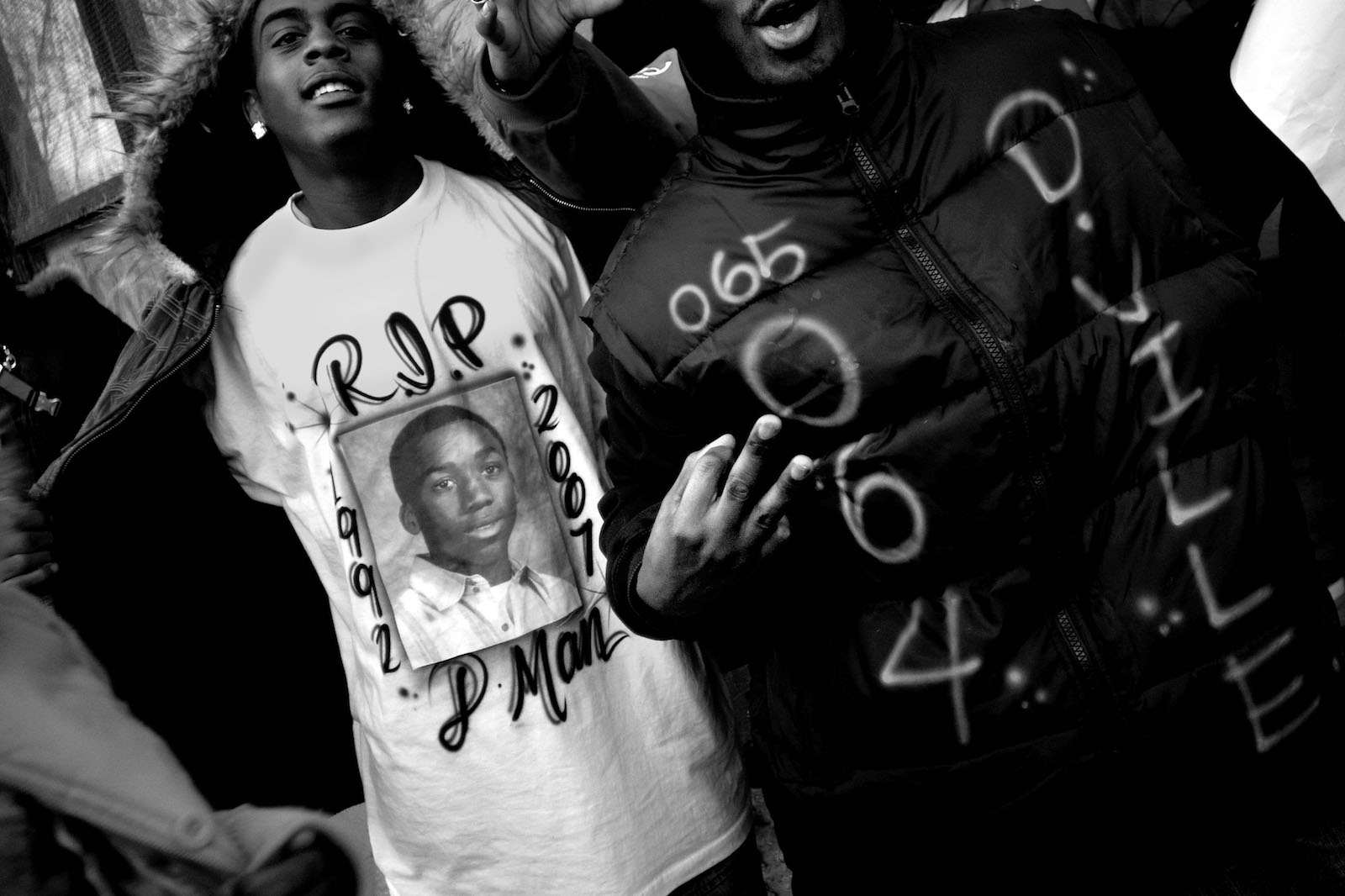
Image: 16 x 24 inches
Print: 18 x 26 inches
Hahnemuhle Photo Silk Baryta paper
Image: 16 x 24 inches
Print: 18 x 26 inches INV Nbr. CJO1707005 Kindly.
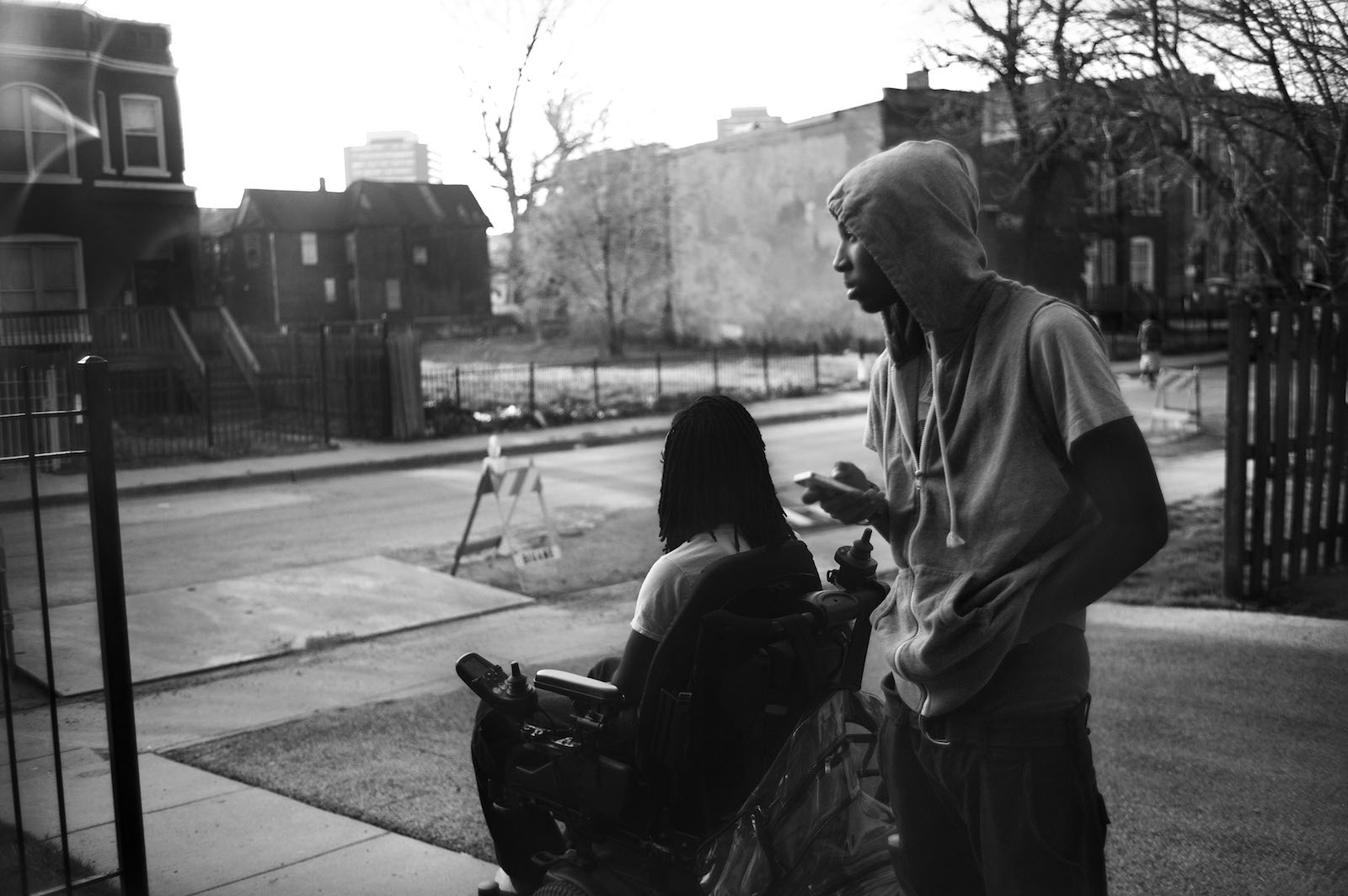
Image: 16 x 24 inches
Print: 18 x 26 inches
Hahnemuhle Photo Silk Baryta paper
Image: 16 x 24 inches
Print: 18 x 26 inches INV Nbr. CJO1707004 Kindly.
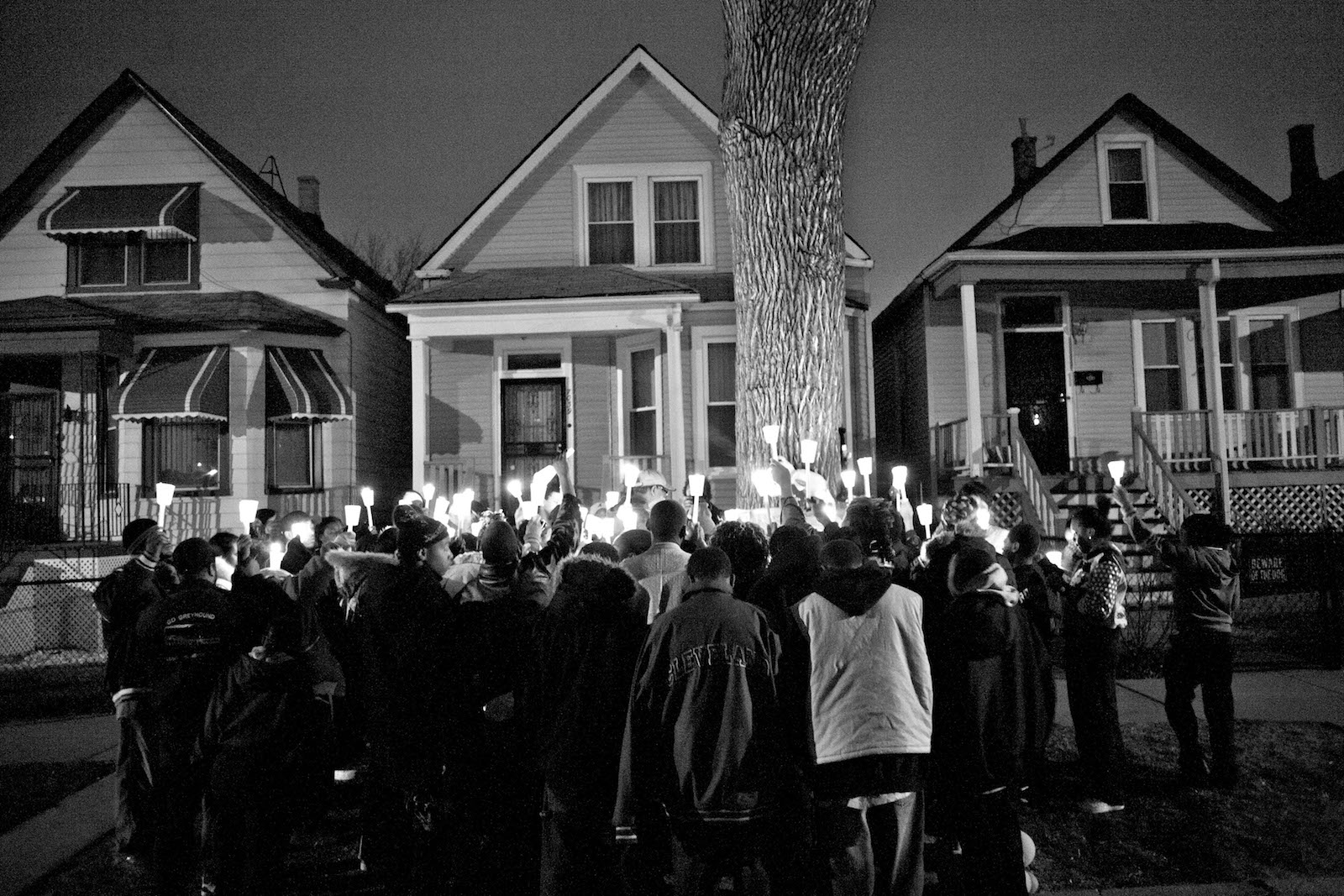
Image: 16 x 24 inches
Print: 18 x 26 inches
Hahnemuhle Photo Silk Baryta paper
Image: 16 x 24 inches
Print: 18 x 26 inches INV Nbr. CJO1707006 Kindly.
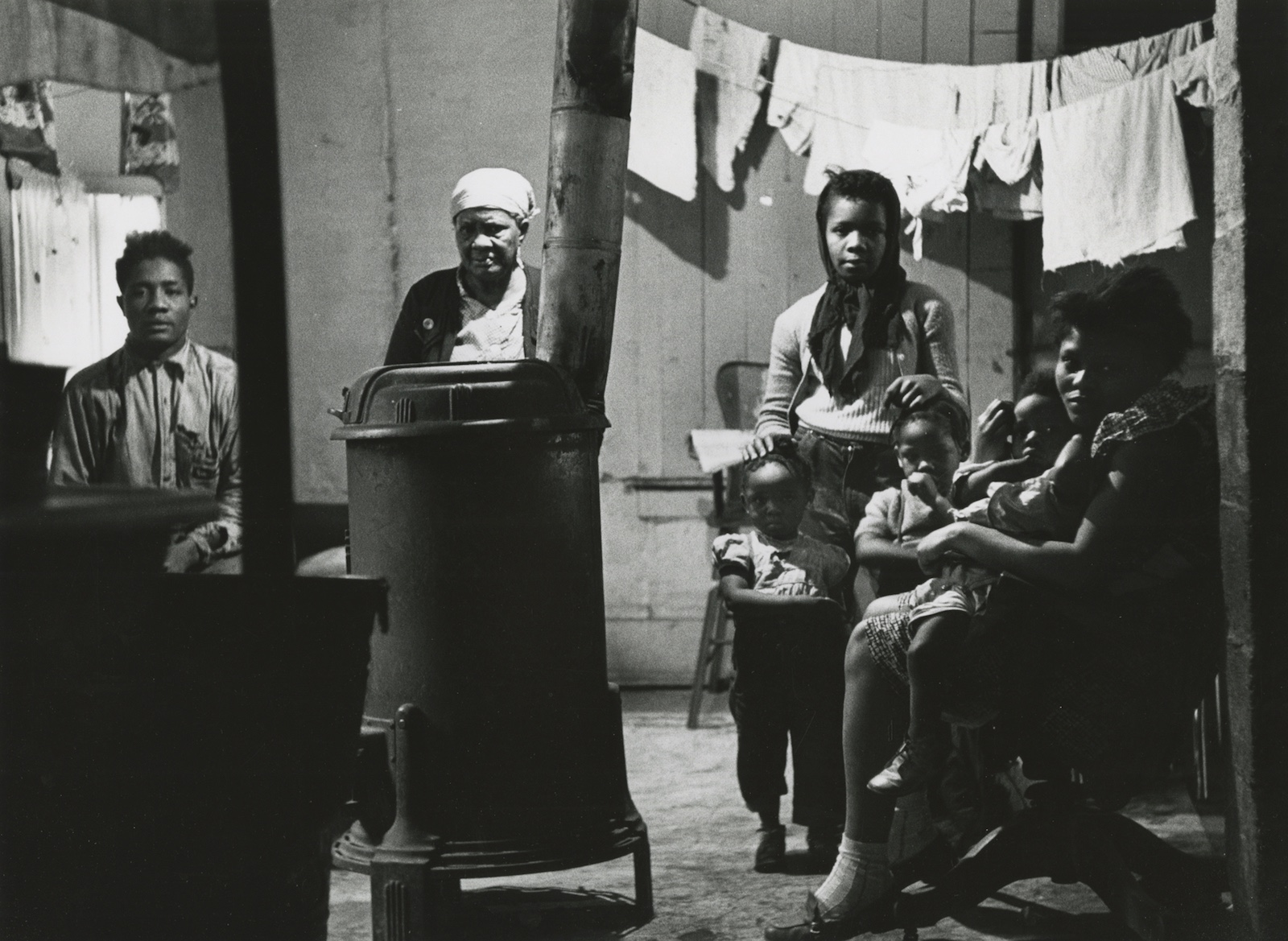
Print: 9 7/8 x 13 3/8 inches
Signed and dated by the artist
Print: 9 7/8 x 13 3/8 inches INV Nbr. MN1709009 Kindly.
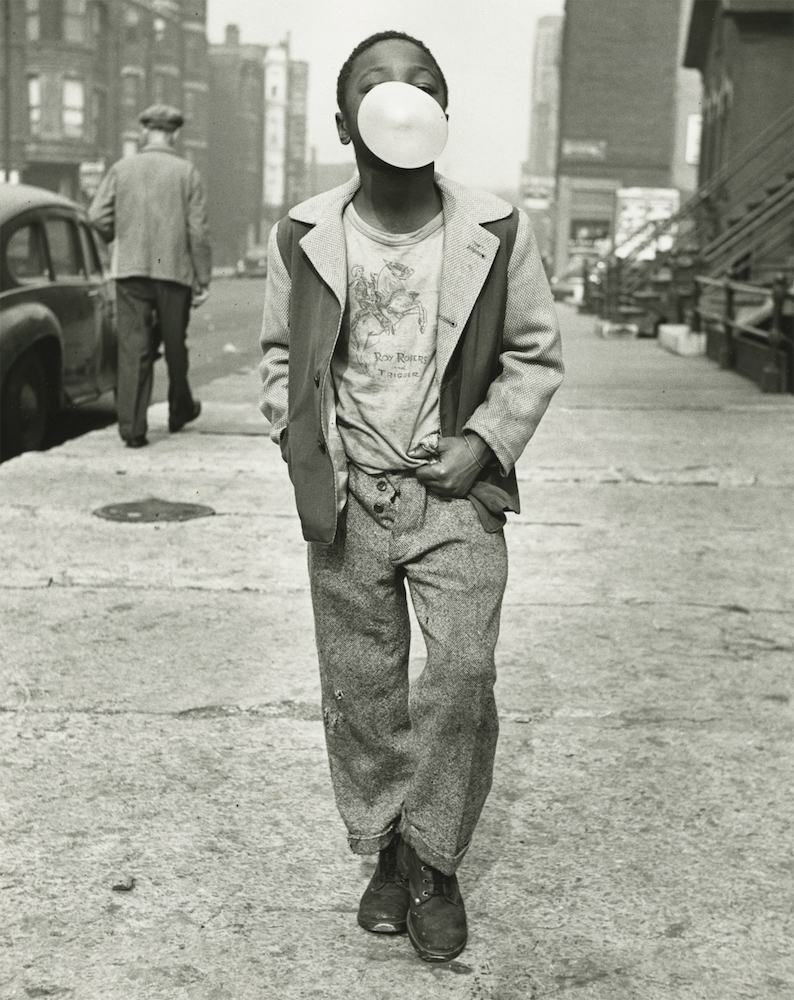
Image: 9 1/2 x 7 1/2 inches
Print: 10 x 8 inches
Signed and dated by the artist
Image: 9 1/2 x 7 1/2 inches
Print: 10 x 8 inches INV Nbr. MN17090019 Kindly.
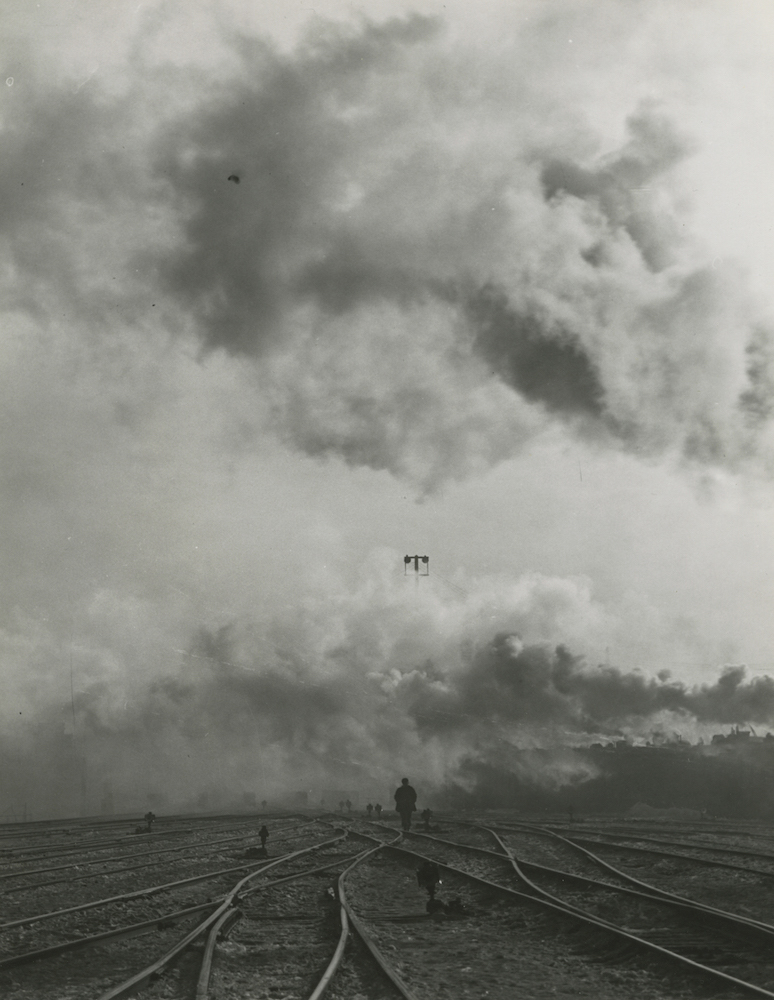
Print: 9 1/2 x 7 1/2 inches
Signed and dated by the artist
Print: 9 1/2 x 7 1/2 inches INV Nbr. MN1709003 Kindly.
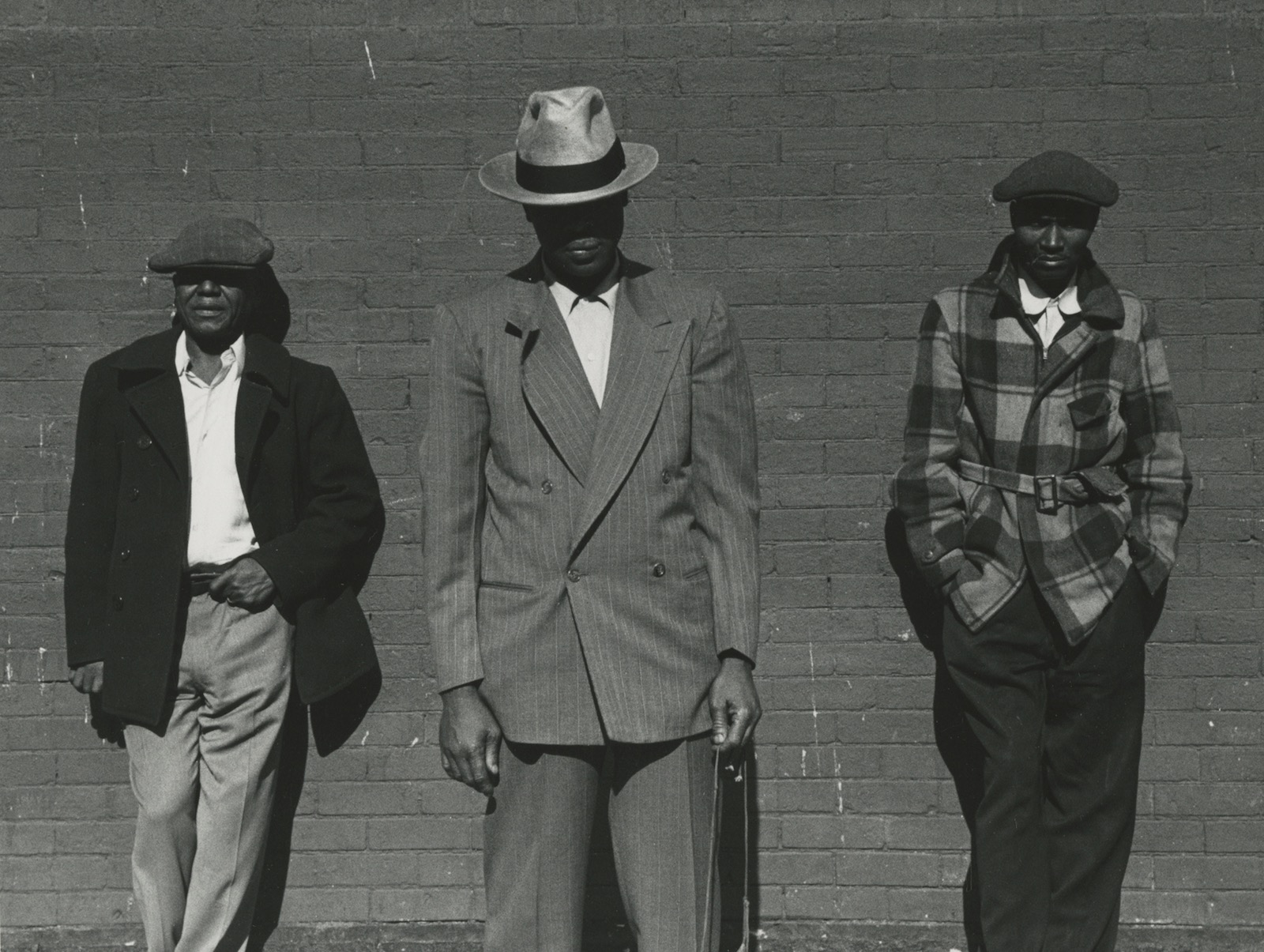
Print: 6 5/8 x 8 5/8 inches
Signed and dated by the artist
Print: 6 5/8 x 8 5/8 inches INV Nbr. MN1709004 Kindly.
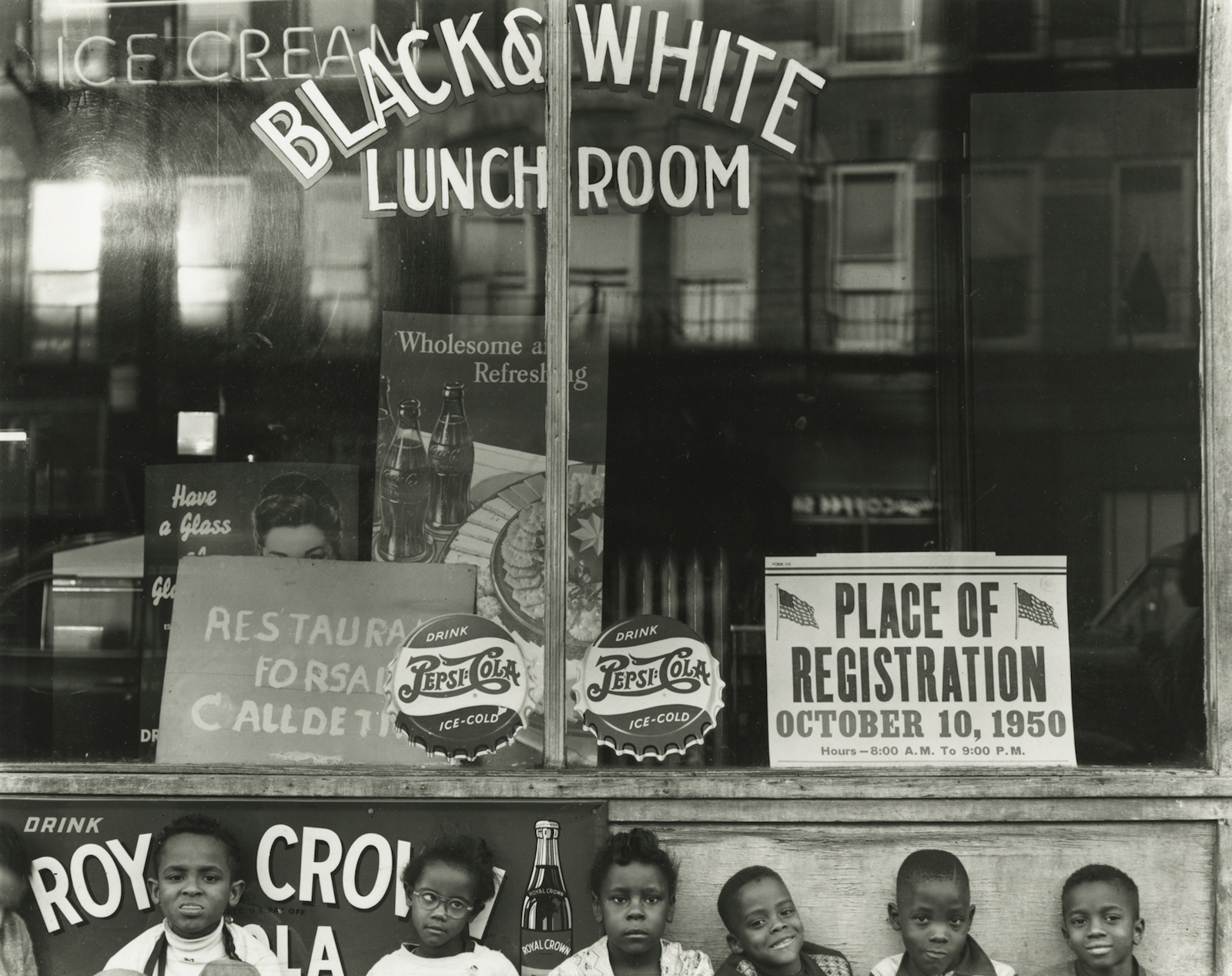
Image: 7 1/2 x 9 1/2 inches
Print: 8 x 10 inches
Signed and dated by the artist
Image: 7 1/2 x 9 1/2 inches
Print: 8 x 10 inches INV Nbr. MN1709020 Kindly.
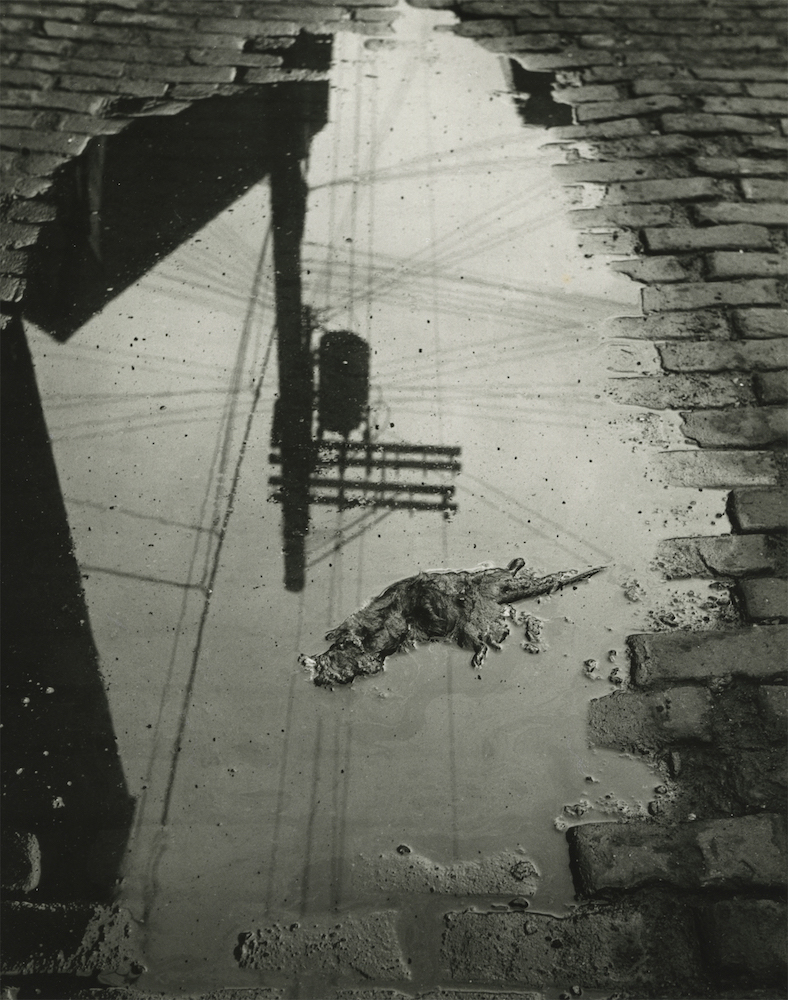
Image: 9 1/2 x 7 5/8 inches
Print: 10 x 8 inches
Signed and dated by the artist
Image: 9 1/2 x 7 5/8 inches
Print: 10 x 8 inches INV Nbr. MN17090017 Kindly.
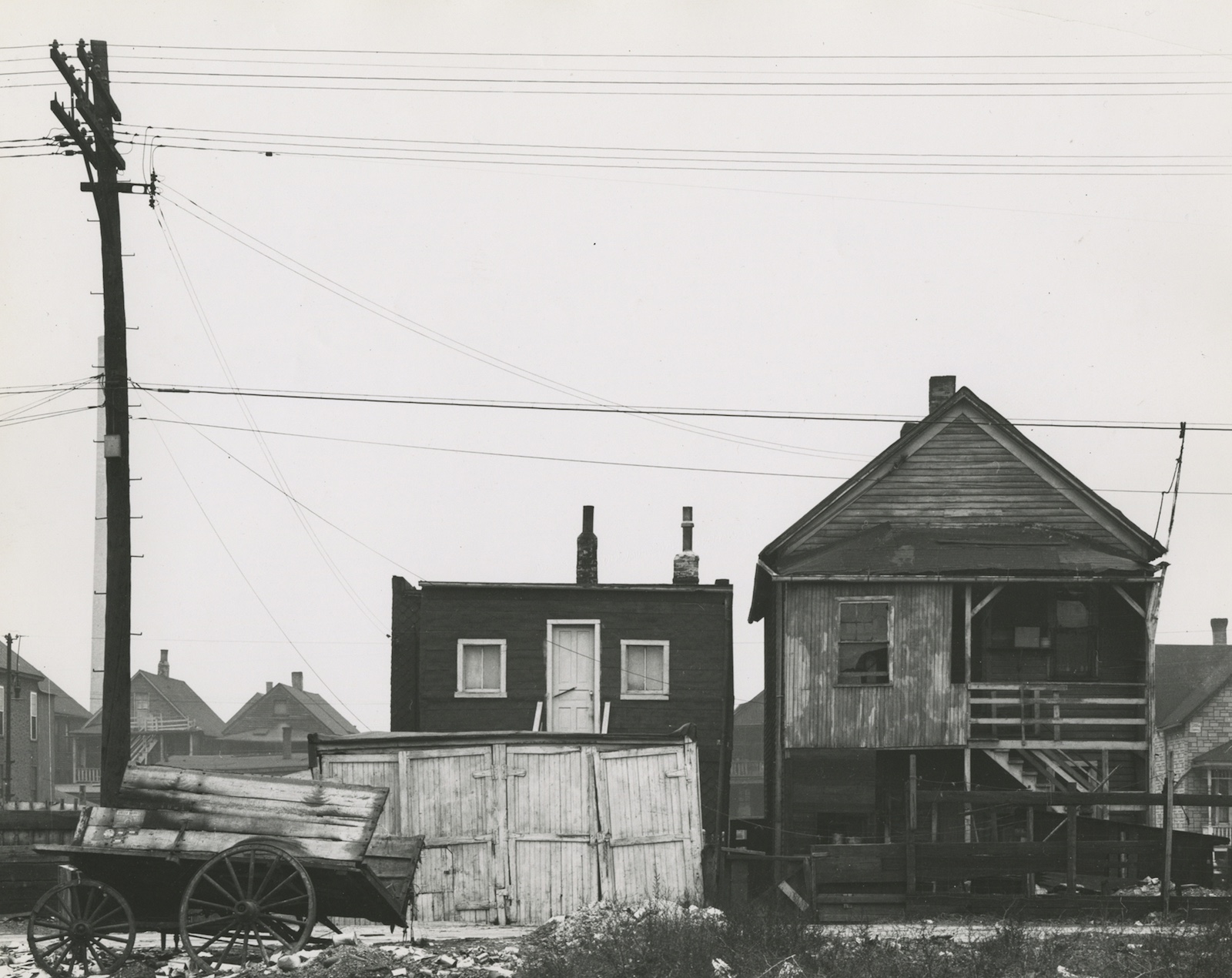
Print: 7 1/2 x 9 1/2 inches
Signed and dated by the artist
Print: 7 1/2 x 9 1/2 inches INV Nbr. MN1709005 Kindly.
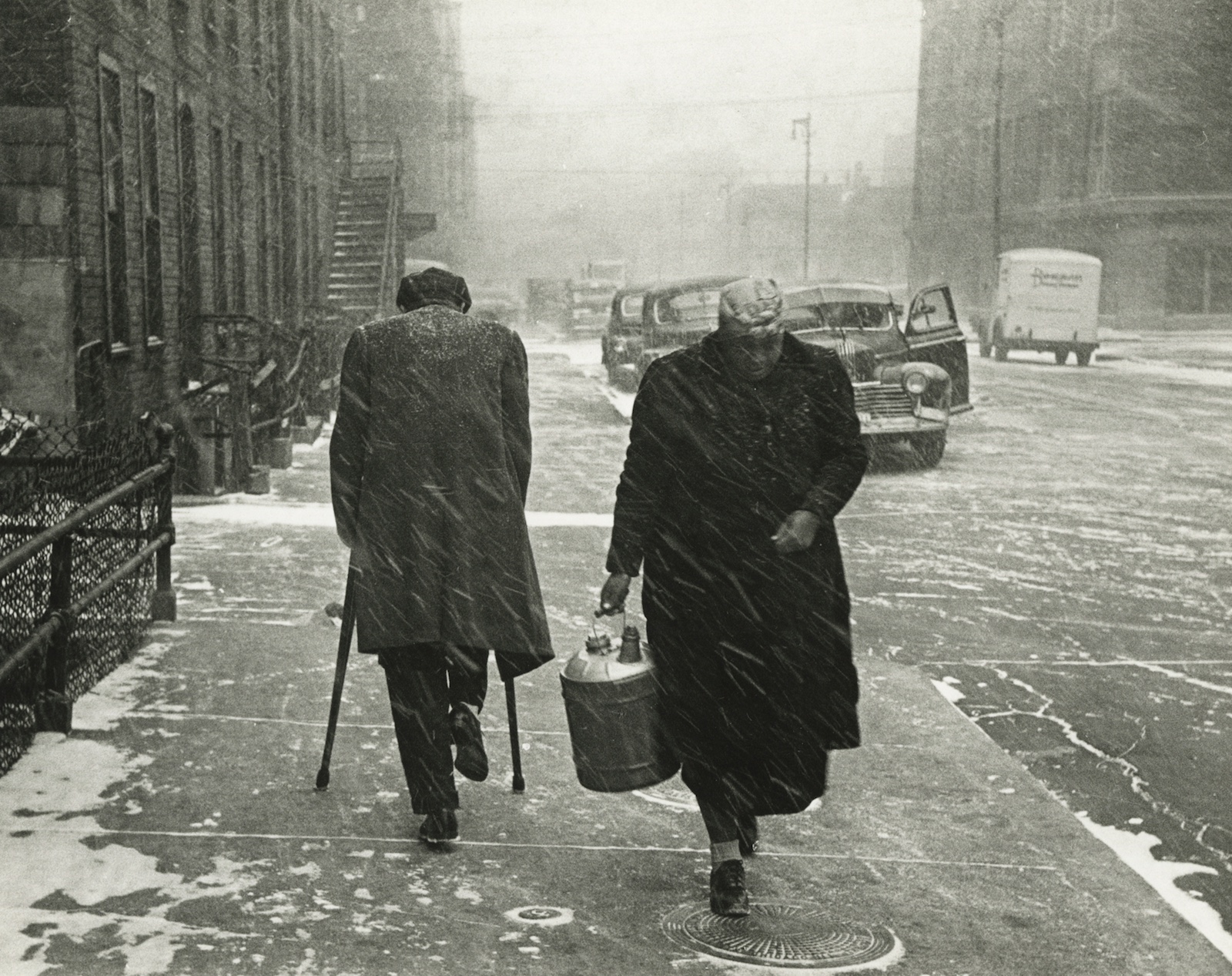
Image: 7 5/8 x 9 1/2 inches
Print: 8 x 10 inches
Signed and dated by the artist
Image: 7 5/8 x 9 1/2 inches
Print: 8 x 10 inches INV Nbr. MN17090012 Kindly.
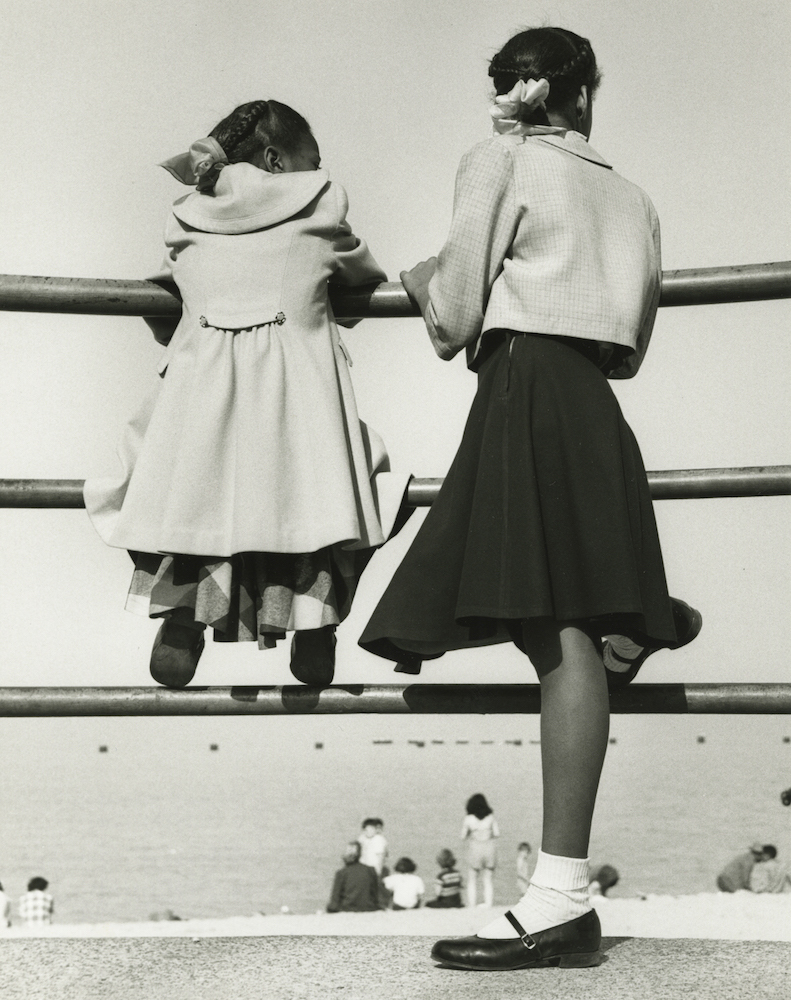
Image: 9 1/2 x 7 1/2 inches
Print: 10 x 8 inches
Signed and dated by the artist
Image: 9 1/2 x 7 1/2 inches
Print: 10 x 8 inches INV Nbr. MN17090013 Kindly.
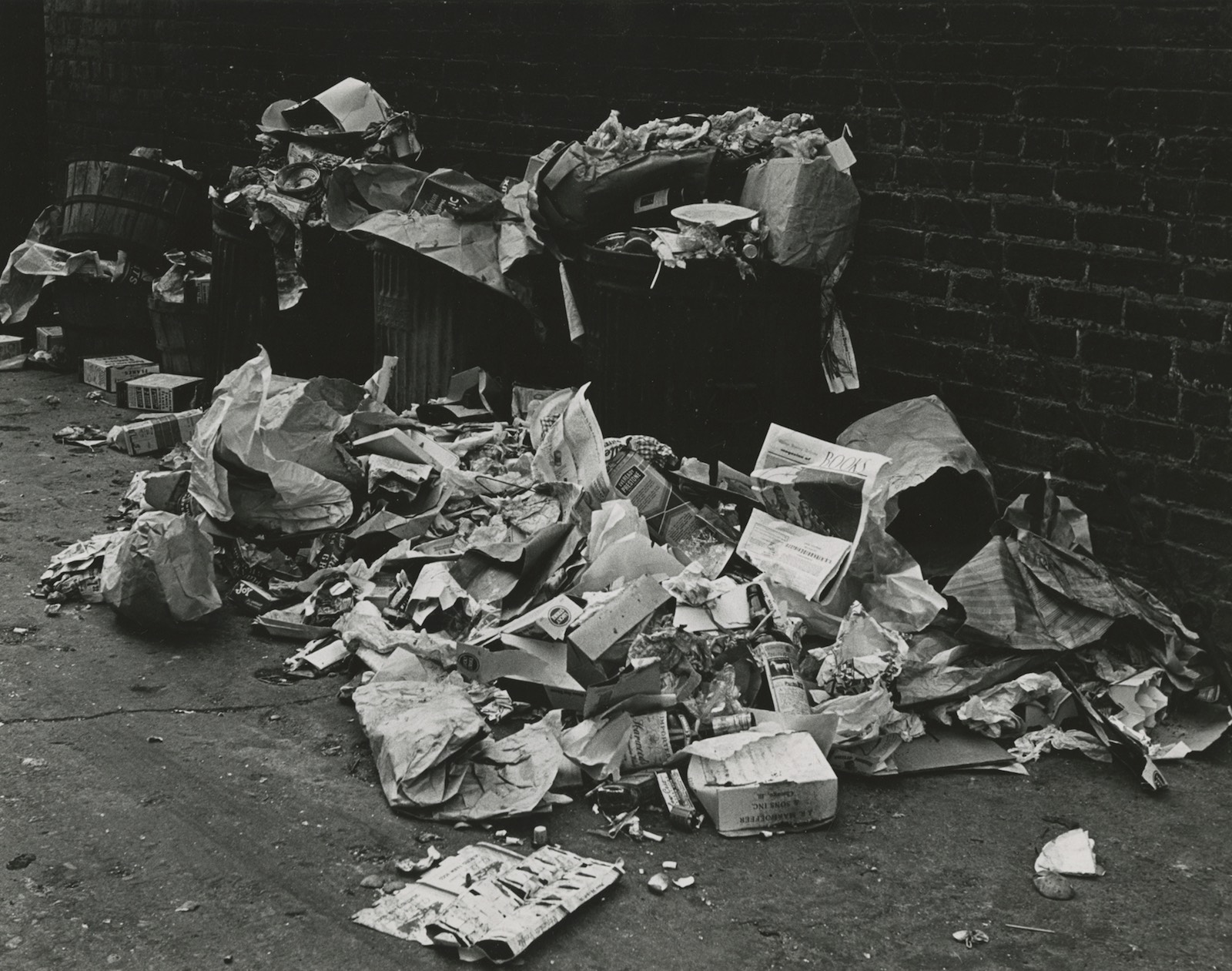
Print: 7 5/8 x 9 5/8 inches
Signed and dated by the artist
Print: 7 5/8 x 9 5/8 inches INV Nbr. MN1709002 Kindly.
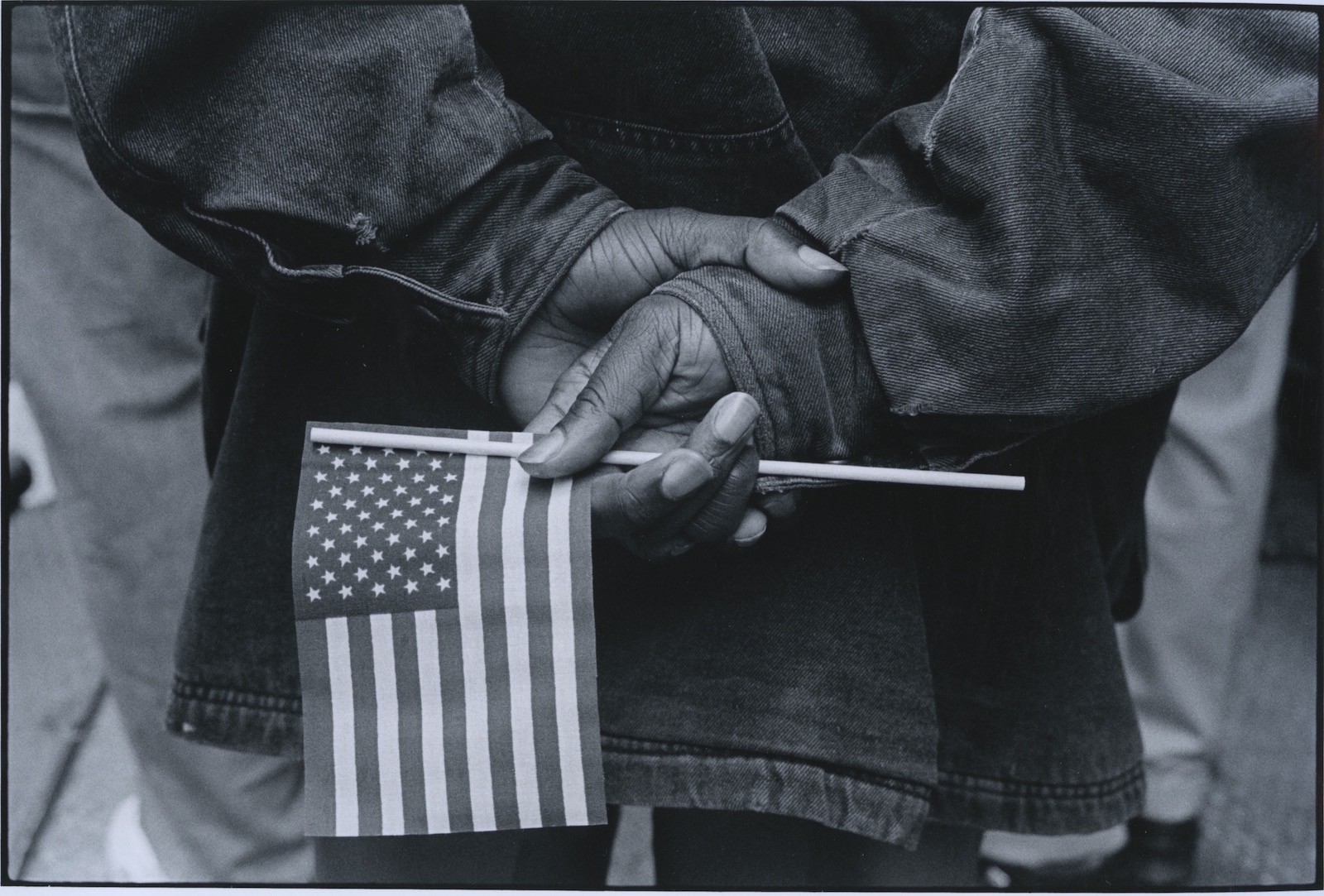
Image: 6,9 x 10,3 inches
Print: 11 x 14 inches
Titled, dated and signed by the artist on verso
Image: 6,9 x 10,3 inches
Print: 11 x 14 inches INV Nbr. TA1611018 Kindly.
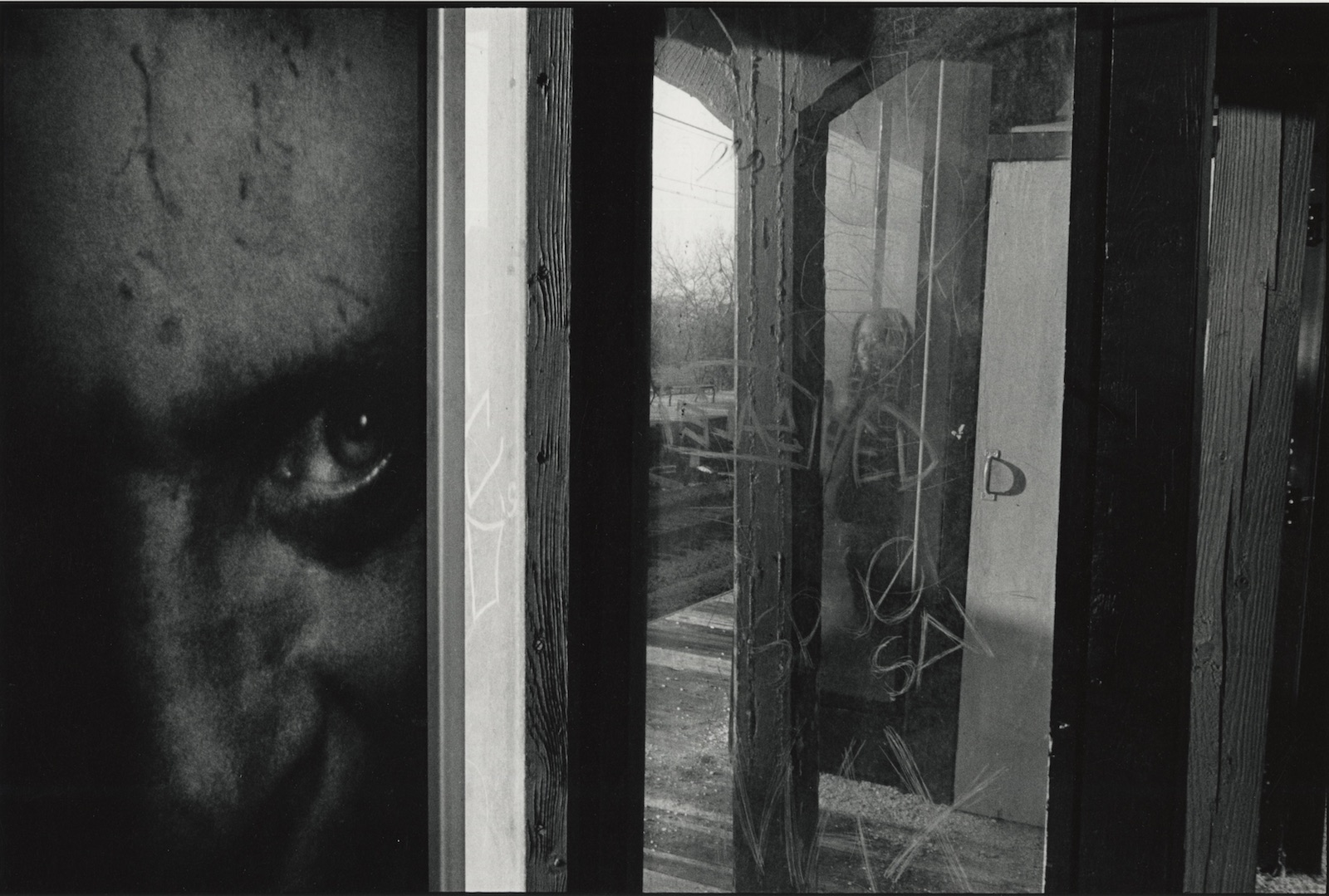
Image: 8 x 11,9 inches
Print: 11 x 14 inches
Signed on pencil by the artist on verso
Image: 8 x 11,9 inches
Print: 11 x 14 inches INV Nbr. TA1609077 Kindly.
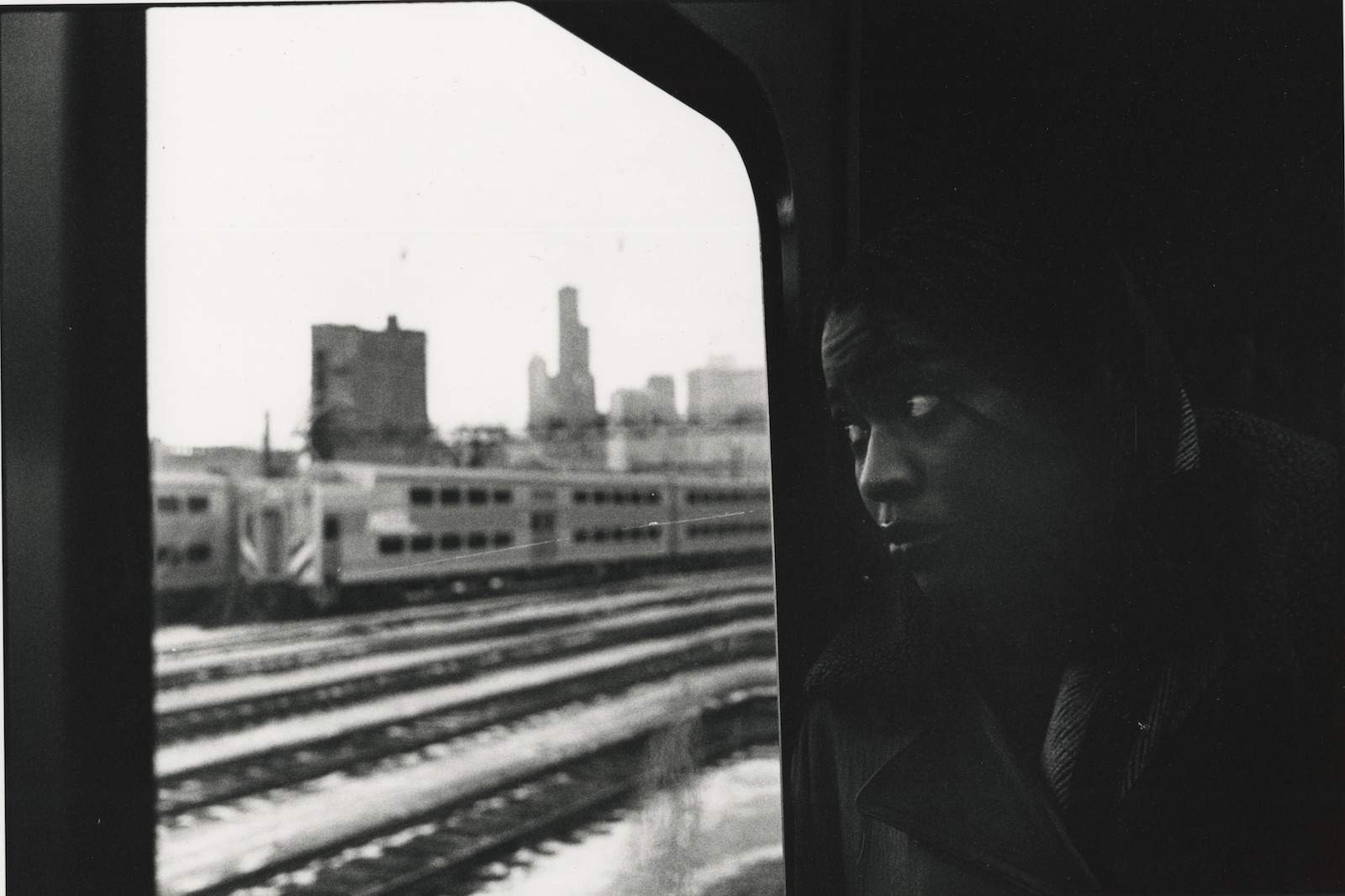
Image: 8,3 x 12,3 inches
Print: 11 x 14 inches
Signed on pencil by the artist on verso
Image: 8,3 x 12,3 inches
Print: 11 x 14 inches INV Nbr. TA1609048 Kindly.
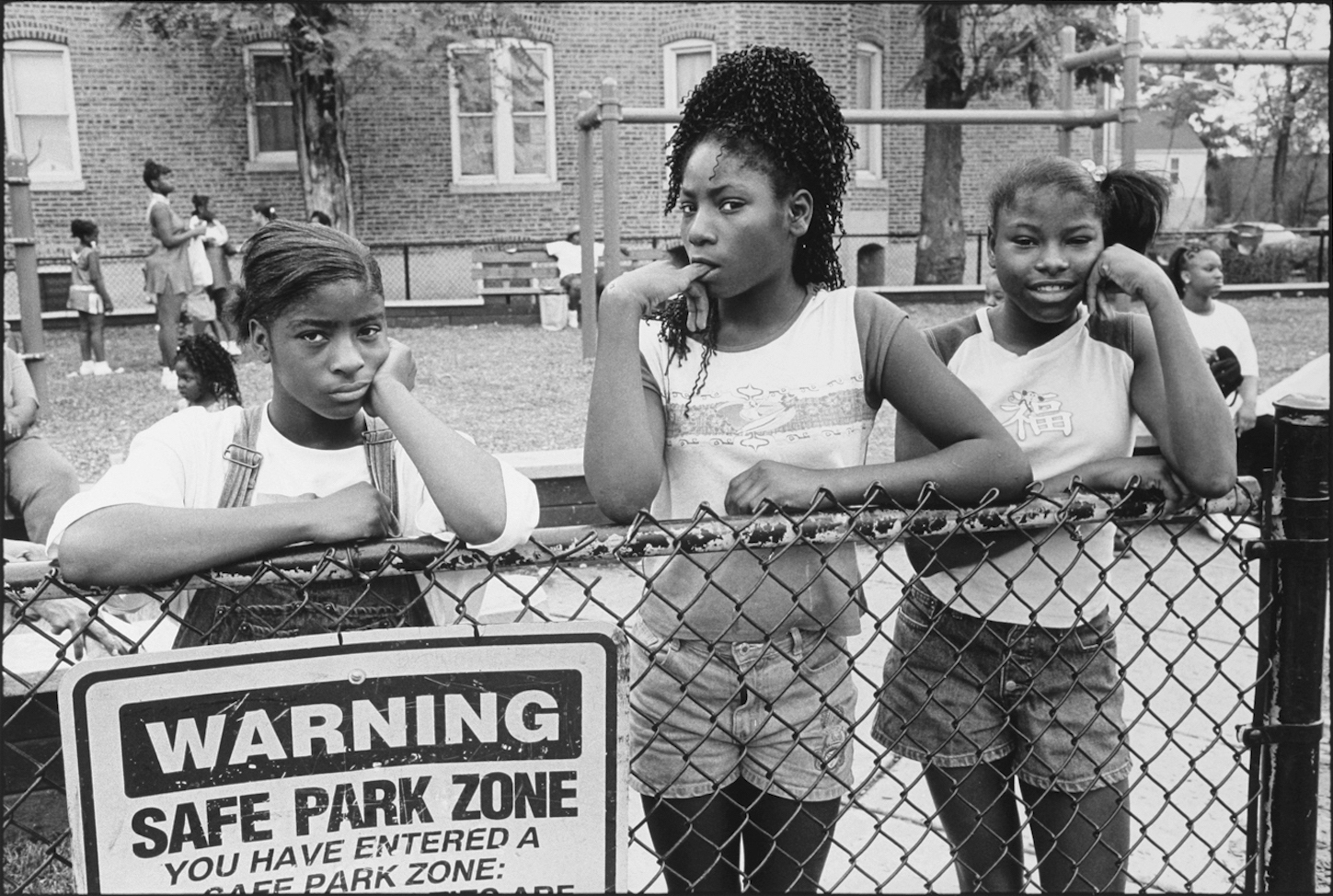
Image: 11,4 x 16,9 inches
Print: 16 x 20 inches
Titled, dated and signed by the artist on verso
Image: 11,4 x 16,9 inches
Print: 16 x 20 inches INV Nbr. TA1406091 Kindly.
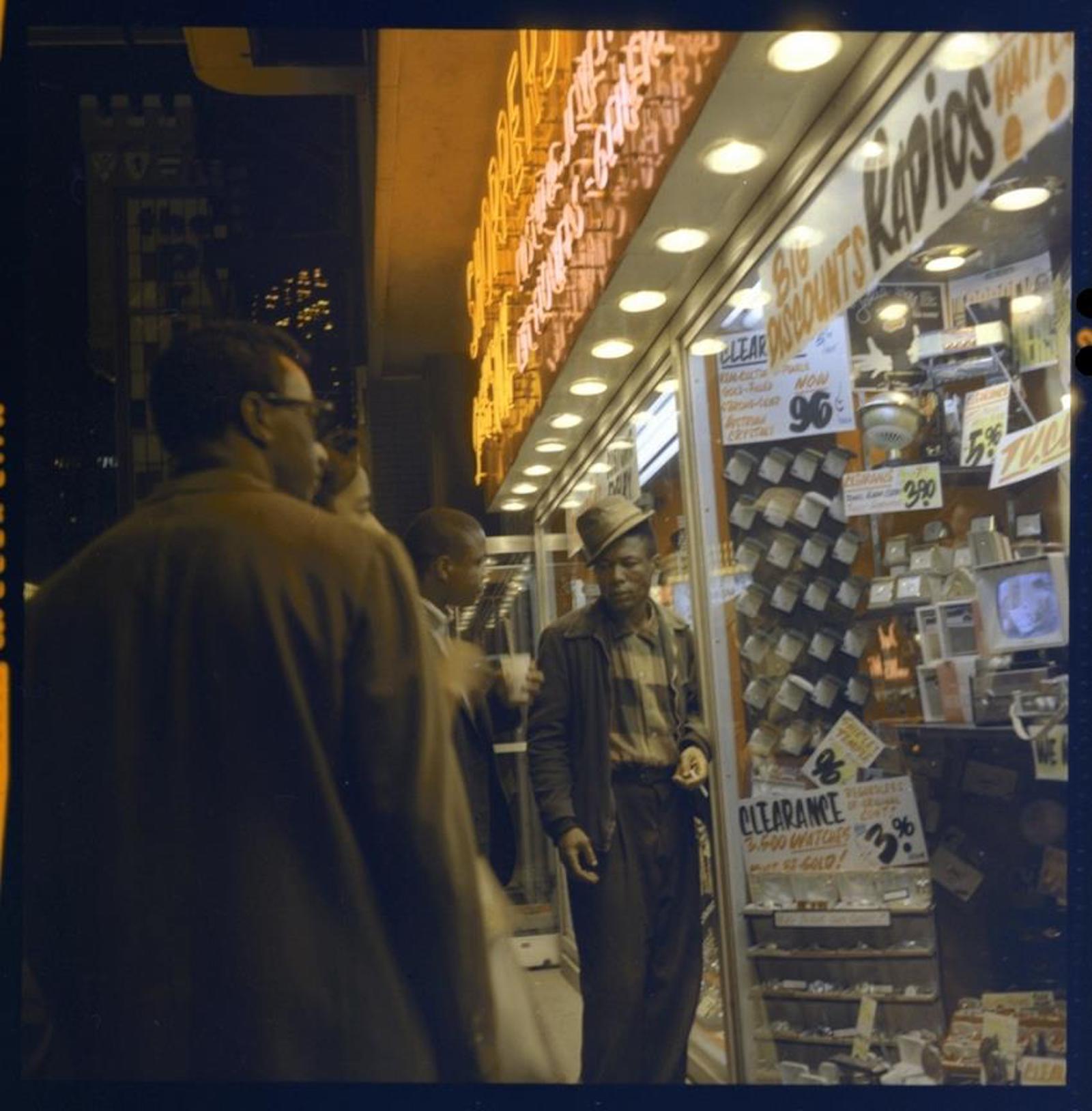
Image: 12 x 12 inches
Print: 16 x 20 inches
Signed and stamped by John Maloof
Image: 12 x 12 inches
Print: 16 x 20 inches INV Nbr. VM1707001 Kindly.

Image: 12 x 12 inches
Print: 16 x 20 inches
Signed and stamped by John Maloof
Image: 12 x 12 inches
Print: 16 x 20 inches INV Nbr. VM1707002 Kindly.
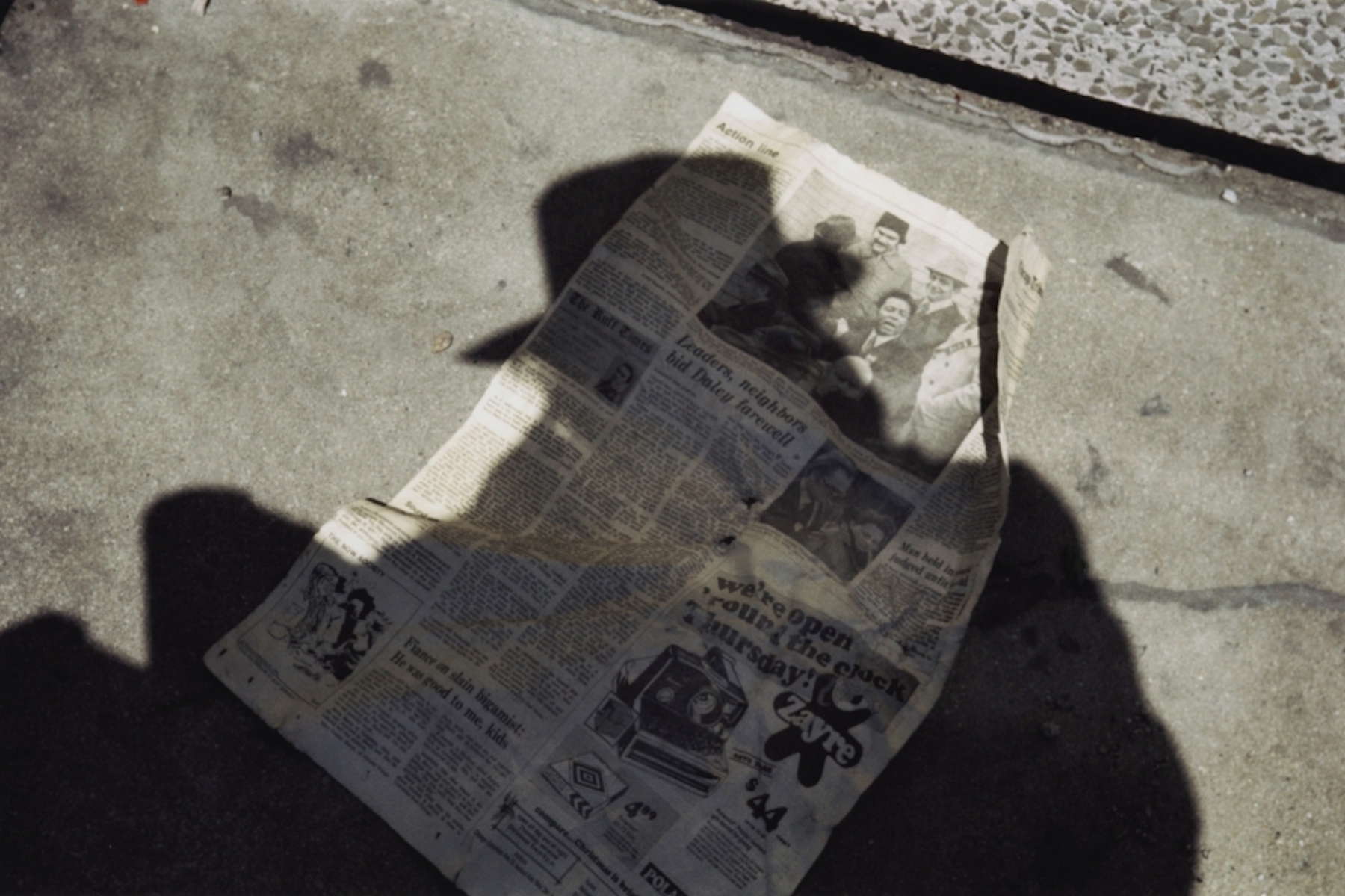
Image: 10 x 15 inches
Print: 16 x 20 inches
Stamped and signed by John Maloof
Image: 10 x 15 inches
Print: 16 x 20 inches INV Nbr. VM1709001 Kindly.
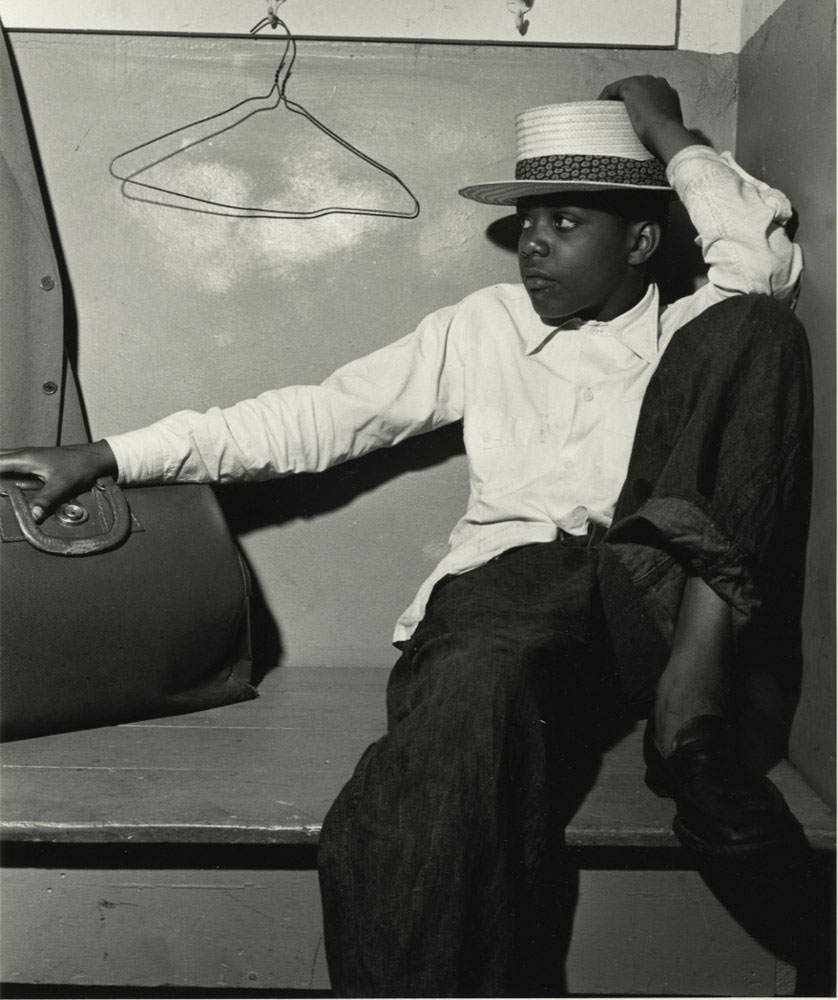
Image: 10 x 12 inches inches
Print: 11 x 14 inches
Signed by the artist
Image: 10 x 12 inches inches
Print: 11 x 14 inches INV Nbr. WM1605002 Kindly.
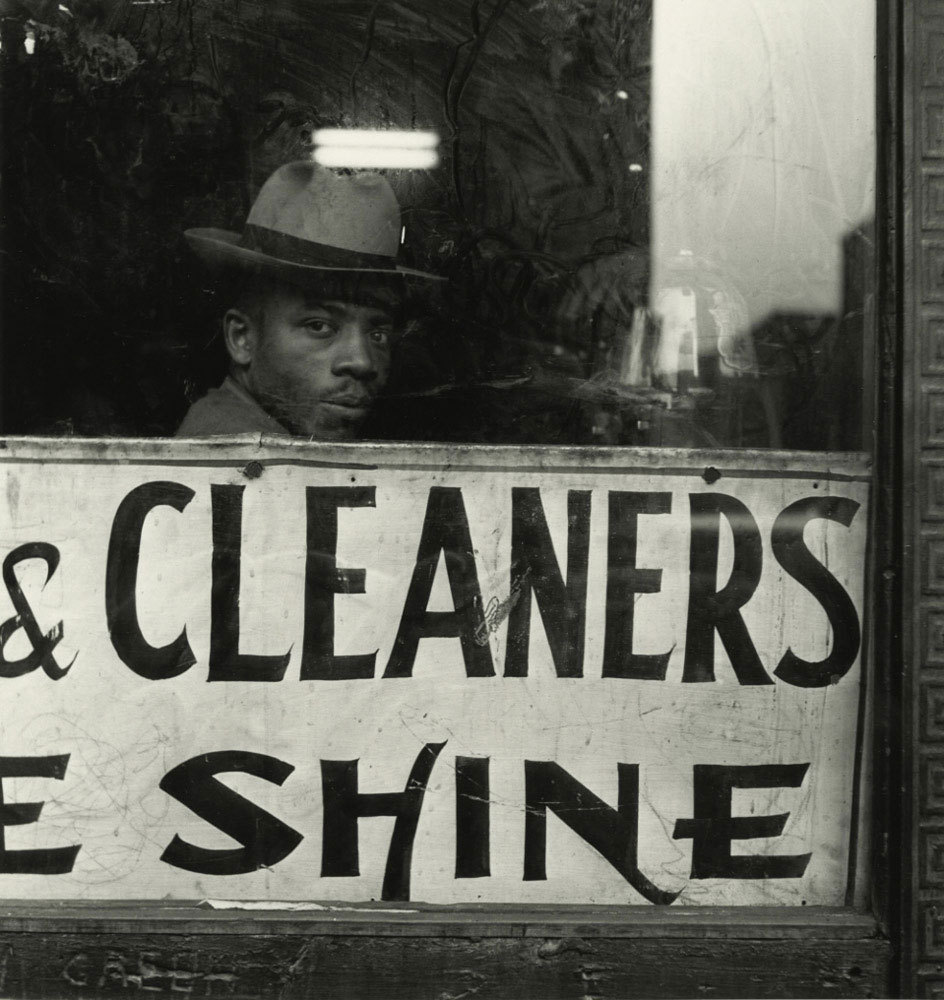
Image: 10 5/8 x 10 inches
Print: 11 x 14 inches
Signed by the artist
Image: 10 5/8 x 10 inches
Print: 11 x 14 inches INV Nbr. WM1605003 Kindly.
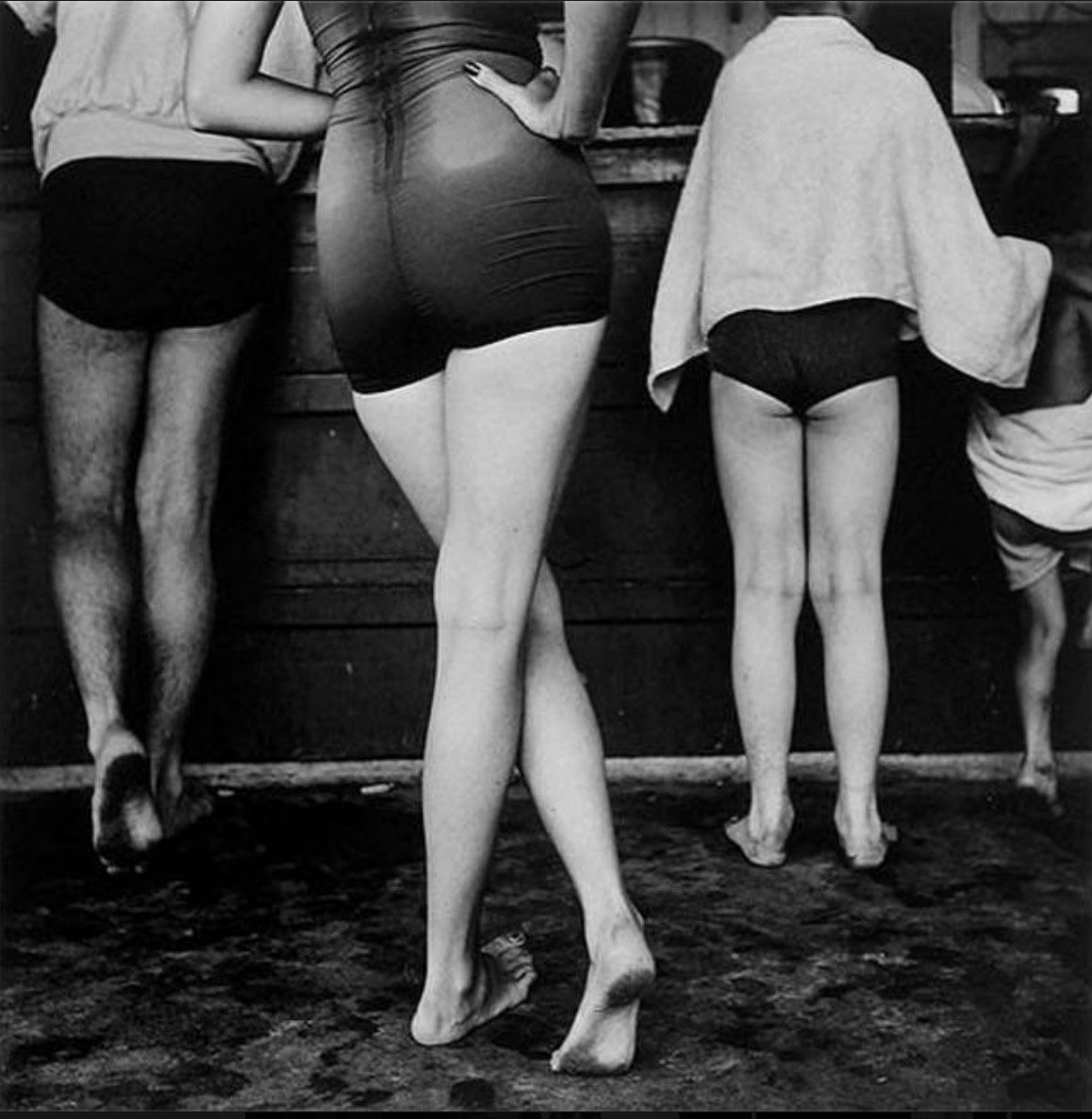
Image: 9,44 x 9,44 inches
Print: 10,62 x 14,5 inches
Signed on print recto by the artist
Image: 9,44 x 9,44 inches
Print: 10,62 x 14,5 inches INV Nbr. YI1710001 Kindly.
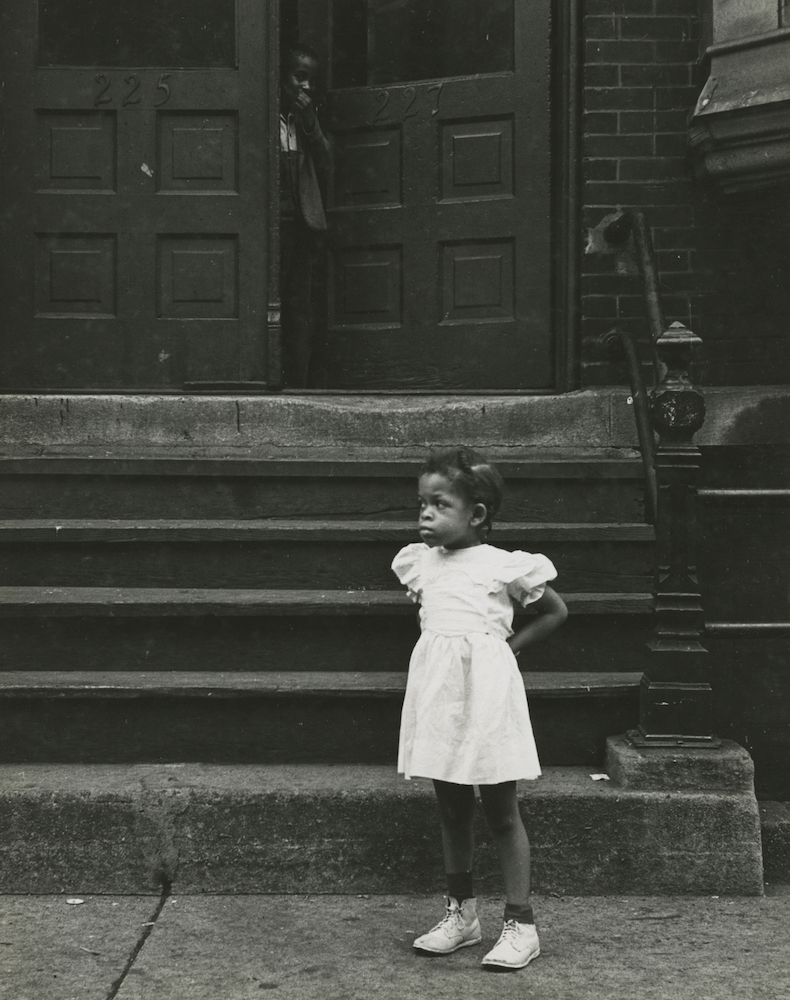
Print: 9 1/2 x 7 5/8 inches
Signed and dated by the artist
Print: 9 1/2 x 7 5/8 inches INV Nbr. MN1709006 Kindly.
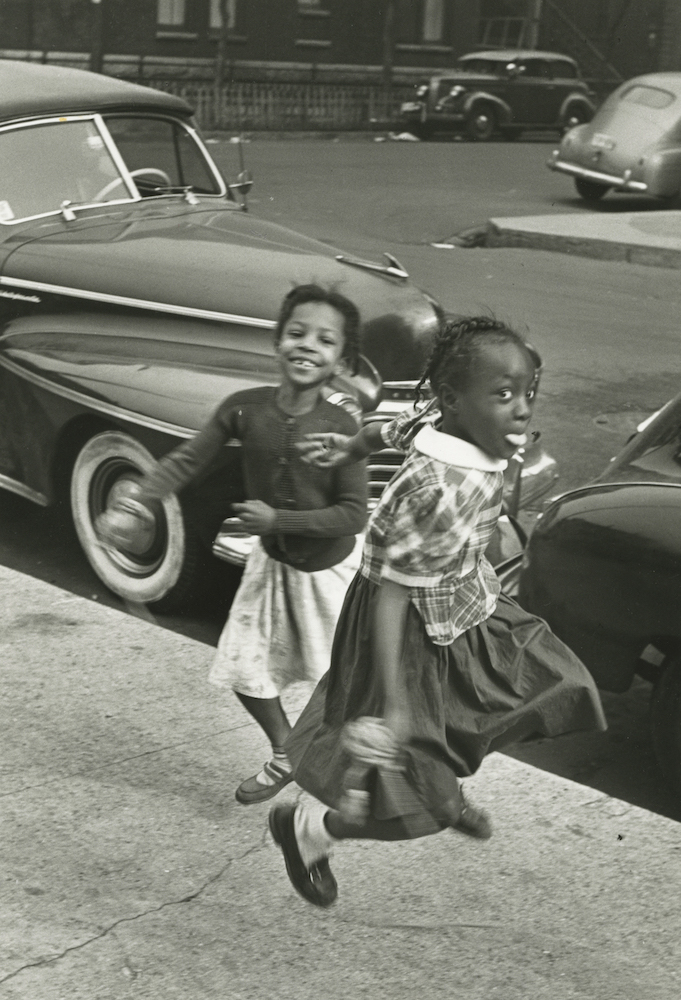
Image: 9 1/2 x 6 1/2 inches
Print: 10 x 8 inches
Signed and dated by the artist
Image: 9 1/2 x 6 1/2 inches
Print: 10 x 8 inches INV Nbr. MN17090010 Kindly.

Image: 10 x 10 inches
Print: 14 x 11 inches
Numbered and signed on verso
Image: 10 x 10 inches
Print: 14 x 11 inches Kindly.
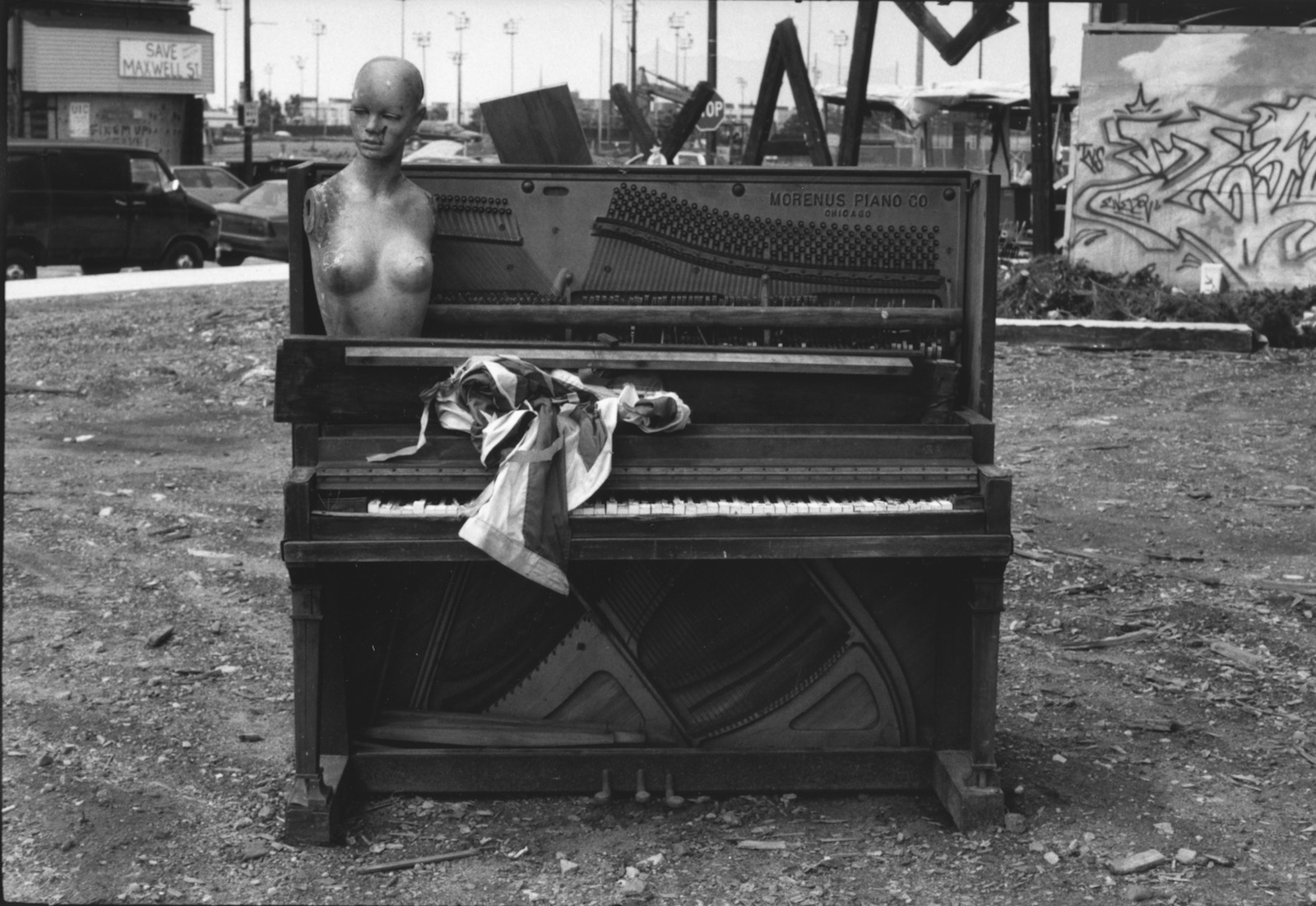
Image: 8 x 12 inches
Print: 11 x 14 inches
Numbered, and signed on verso
Image: 8 x 12 inches
Print: 11 x 14 inches Kindly.
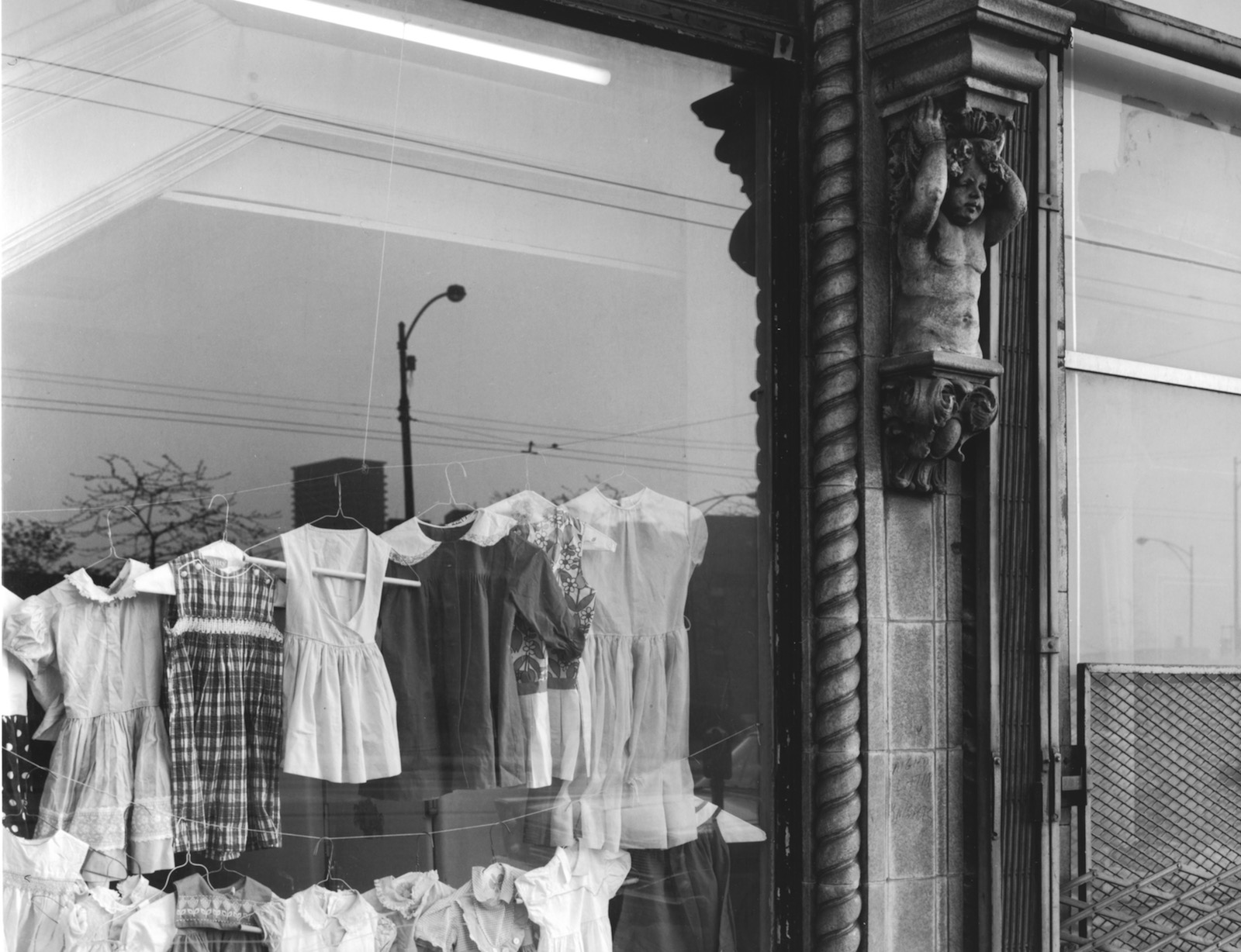
Image: 9,5 x 12 inches
Print: 11 x 14 inches
Numbered, and signed on verso
Image: 9,5 x 12 inches
Print: 11 x 14 inches Kindly.
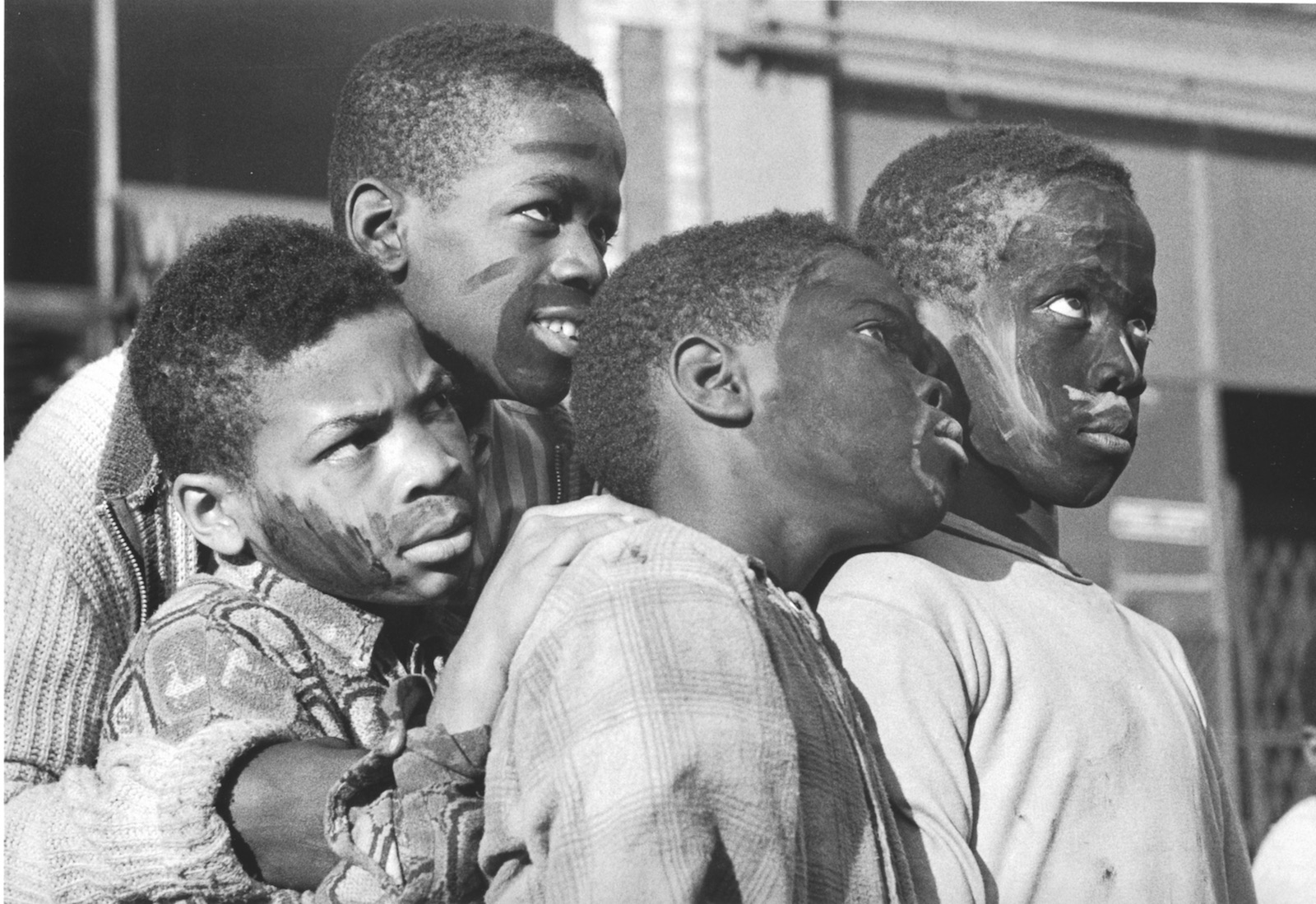
Image: 7,5 x 12 inches
Print: 11 x 14 inches
Numbered and signed on verso
Image: 7,5 x 12 inches
Print: 11 x 14 inches Kindly.
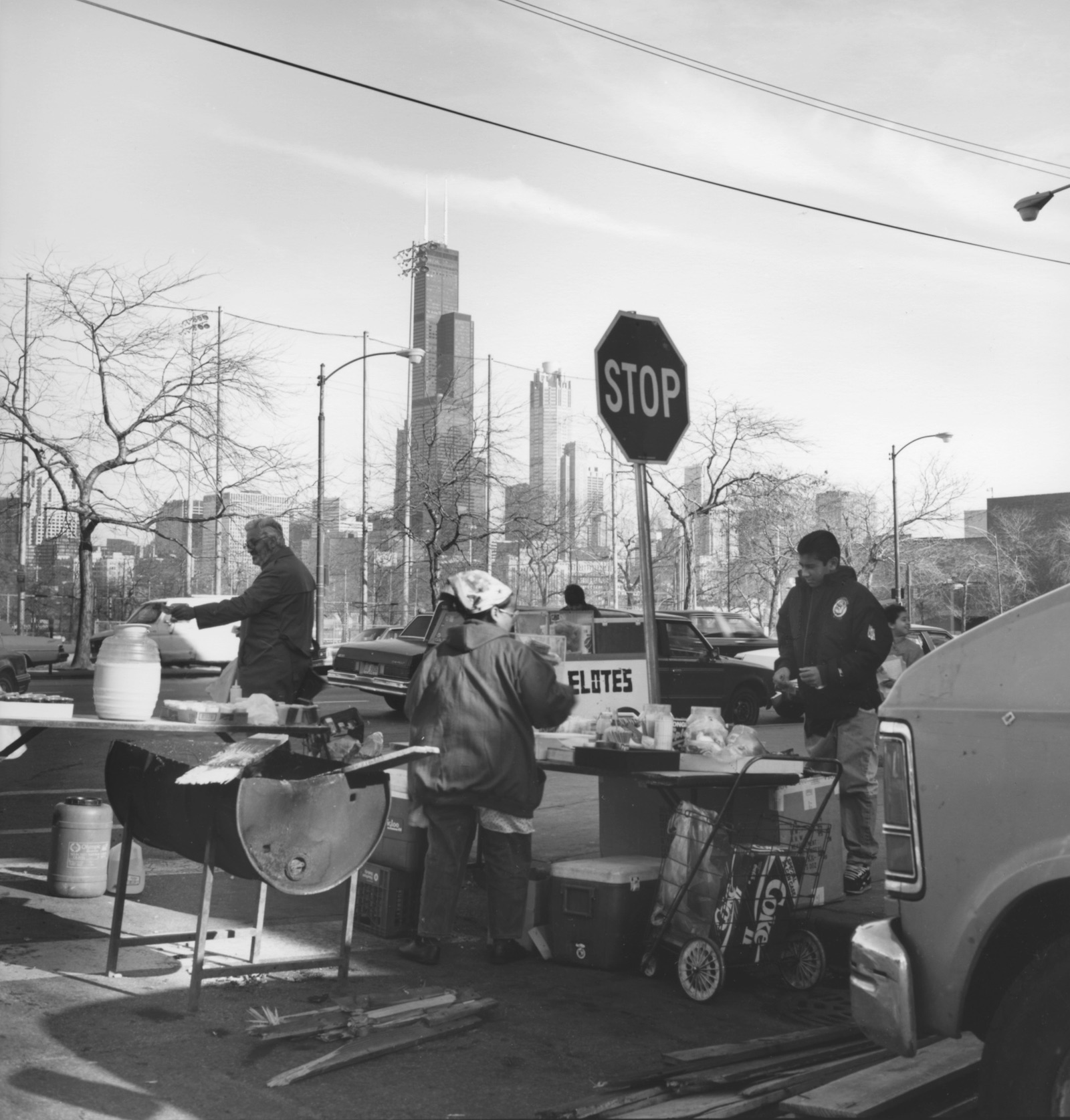
Image: 9 x 9 inches
Print: 14 x 11 inches
Numbered and signed on verso
Image: 9 x 9 inches
Print: 14 x 11 inches Kindly.
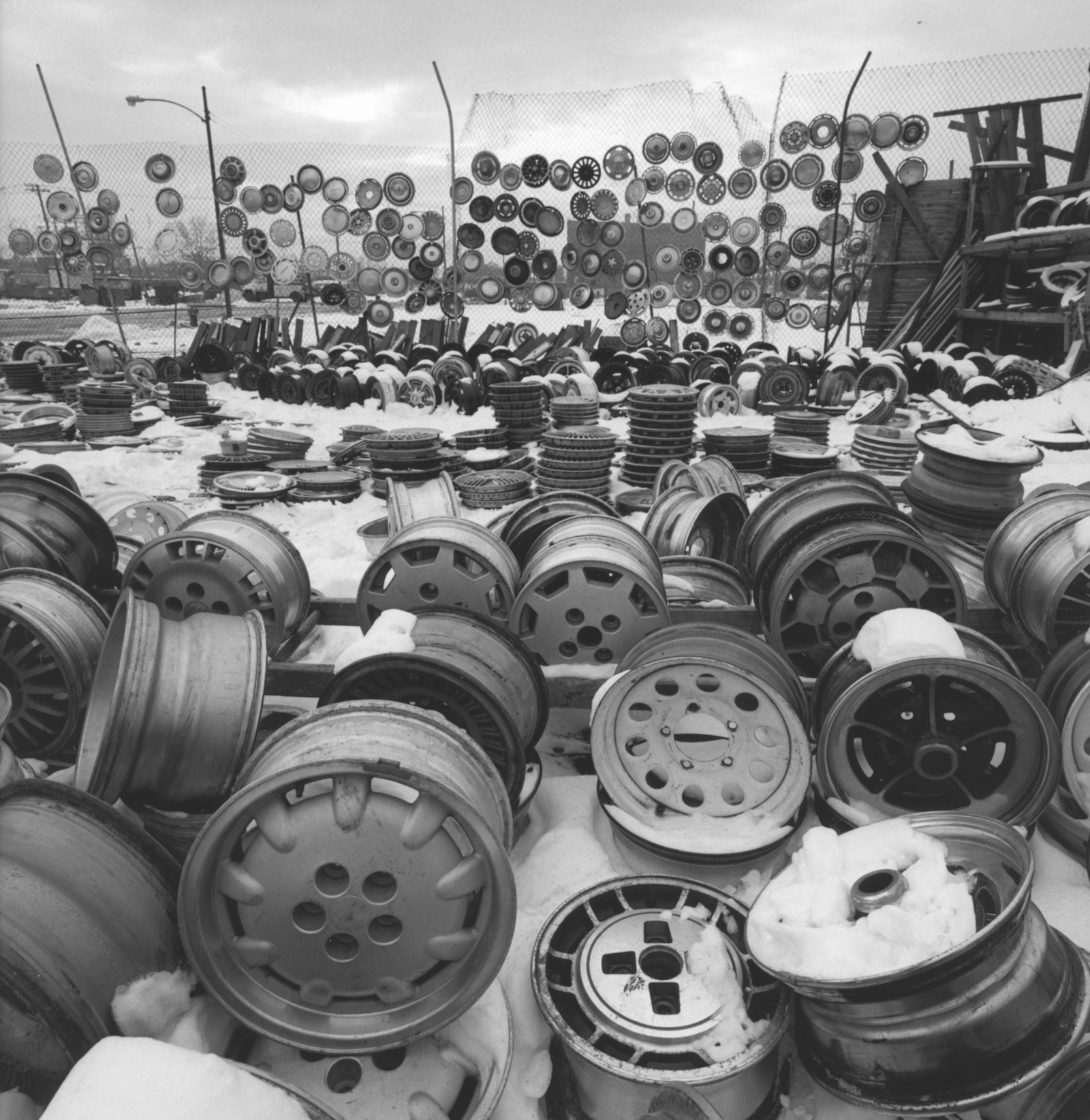
Image: 9 x 9 inches
Print: 14 x 11 inches
Numbered and signed on verso
Image: 9 x 9 inches
Print: 14 x 11 inches Kindly.
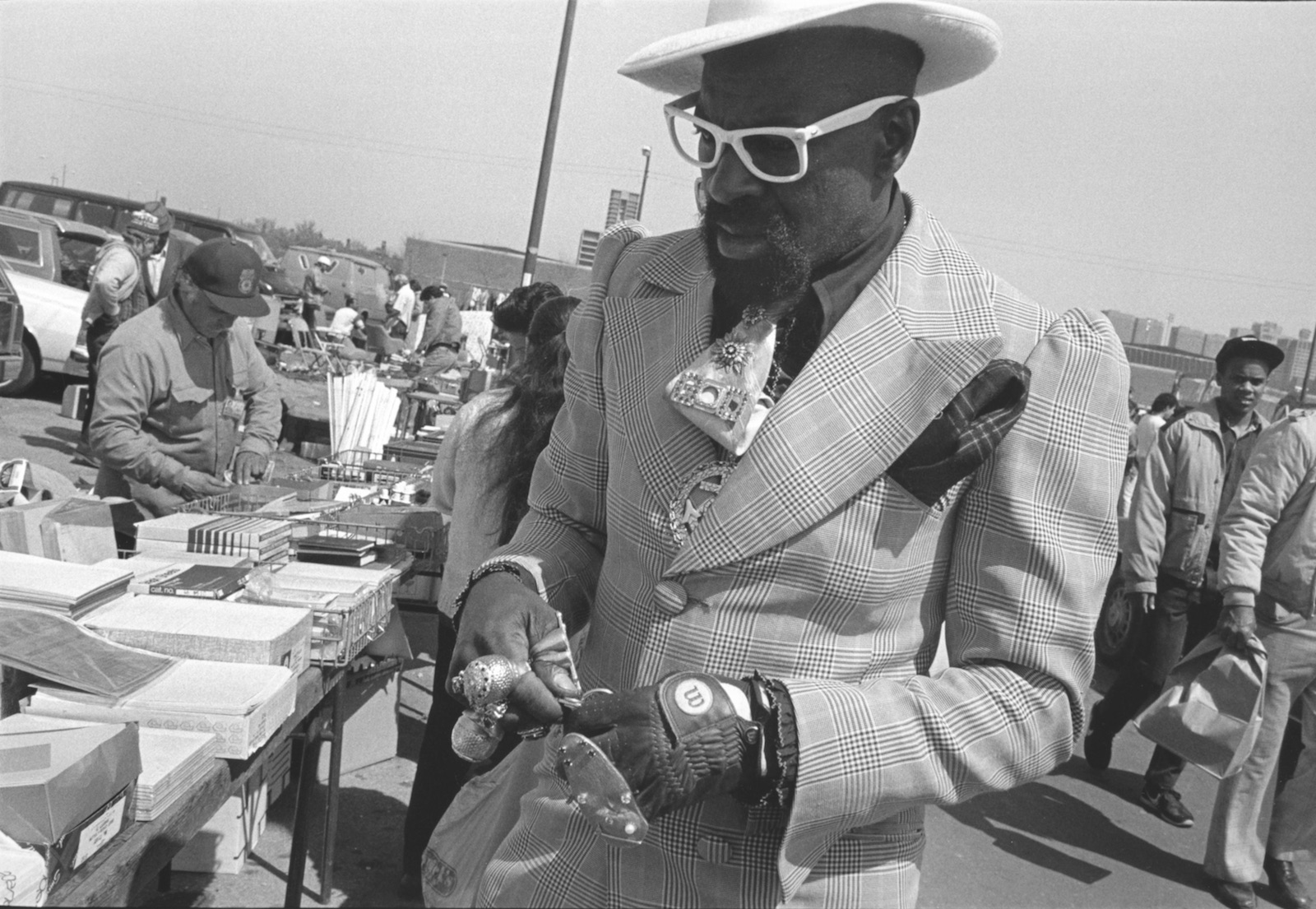
Image: 8 x 12 inches
Print: 11 x 14 inches
Numbered and signed on verso
Image: 8 x 12 inches
Print: 11 x 14 inches Kindly.
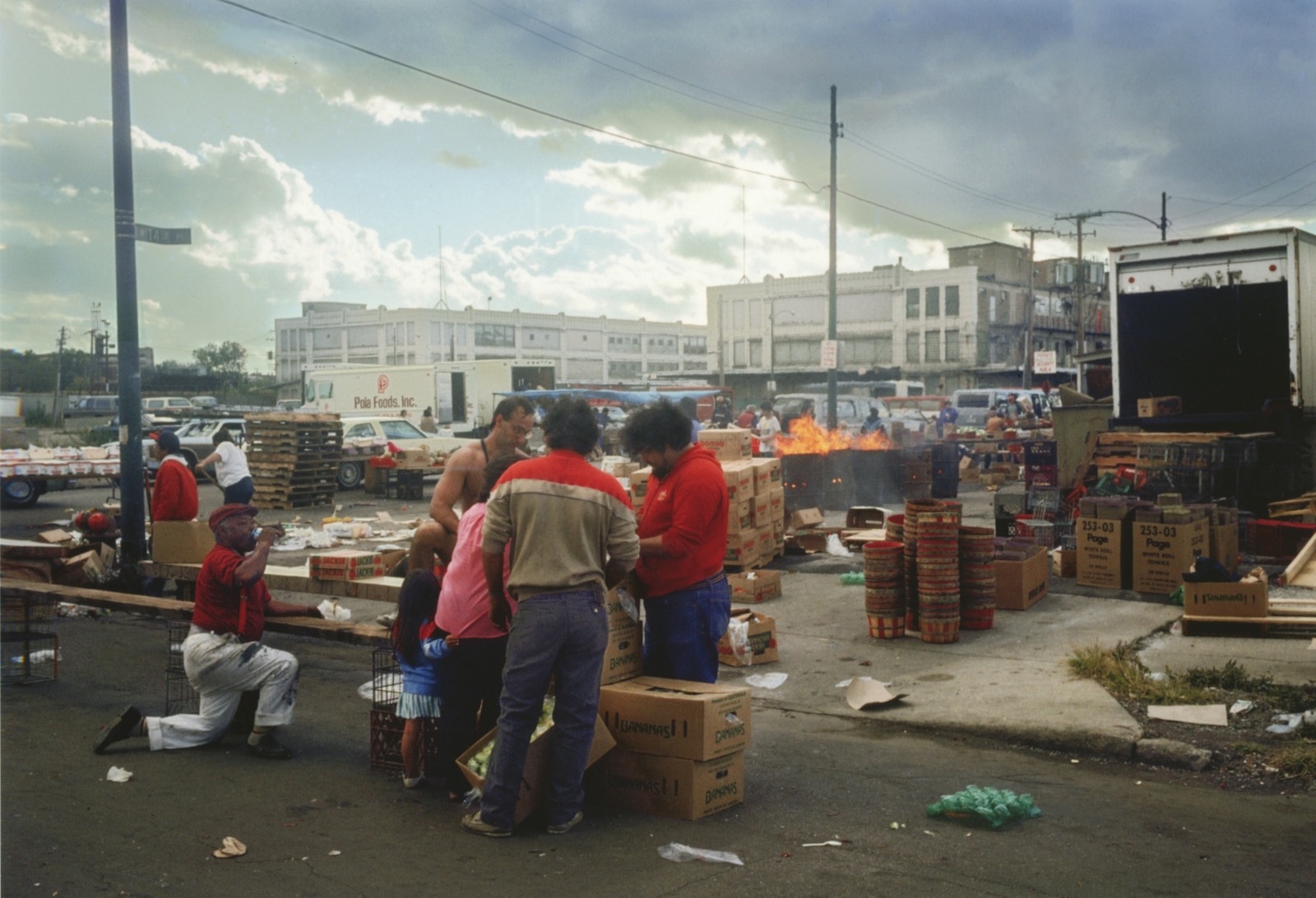
Image: 6,3 x 9,2 inches
Print: 11 x 14 inches
Numbered, and signed on verso
Image: 6,3 x 9,2 inches
Print: 11 x 14 inches Kindly.
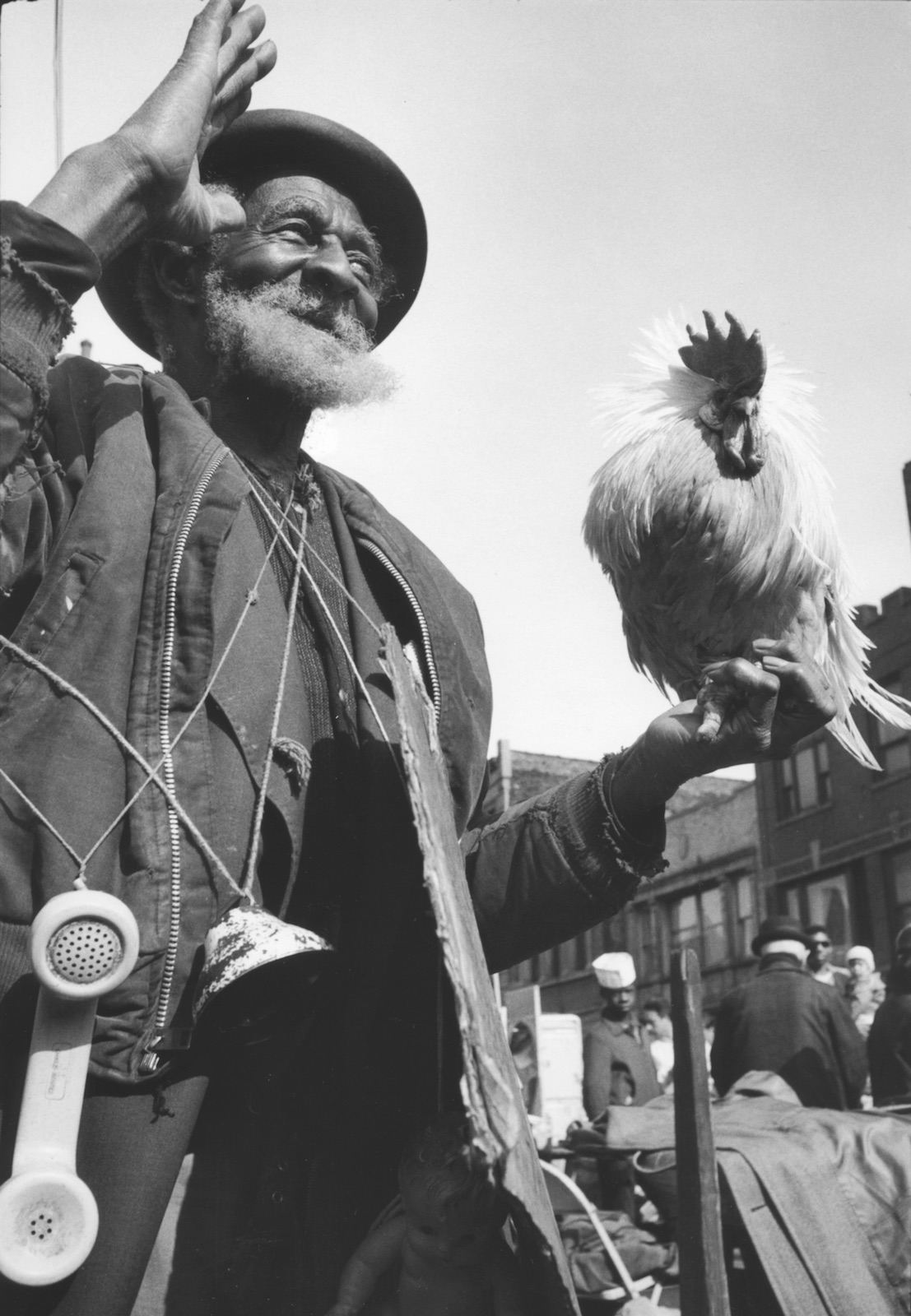
Image: 12 x 8 inches
Print: 14 x 11 inches
Numbered and signed on verso
Image: 12 x 8 inches
Print: 14 x 11 inches Kindly.
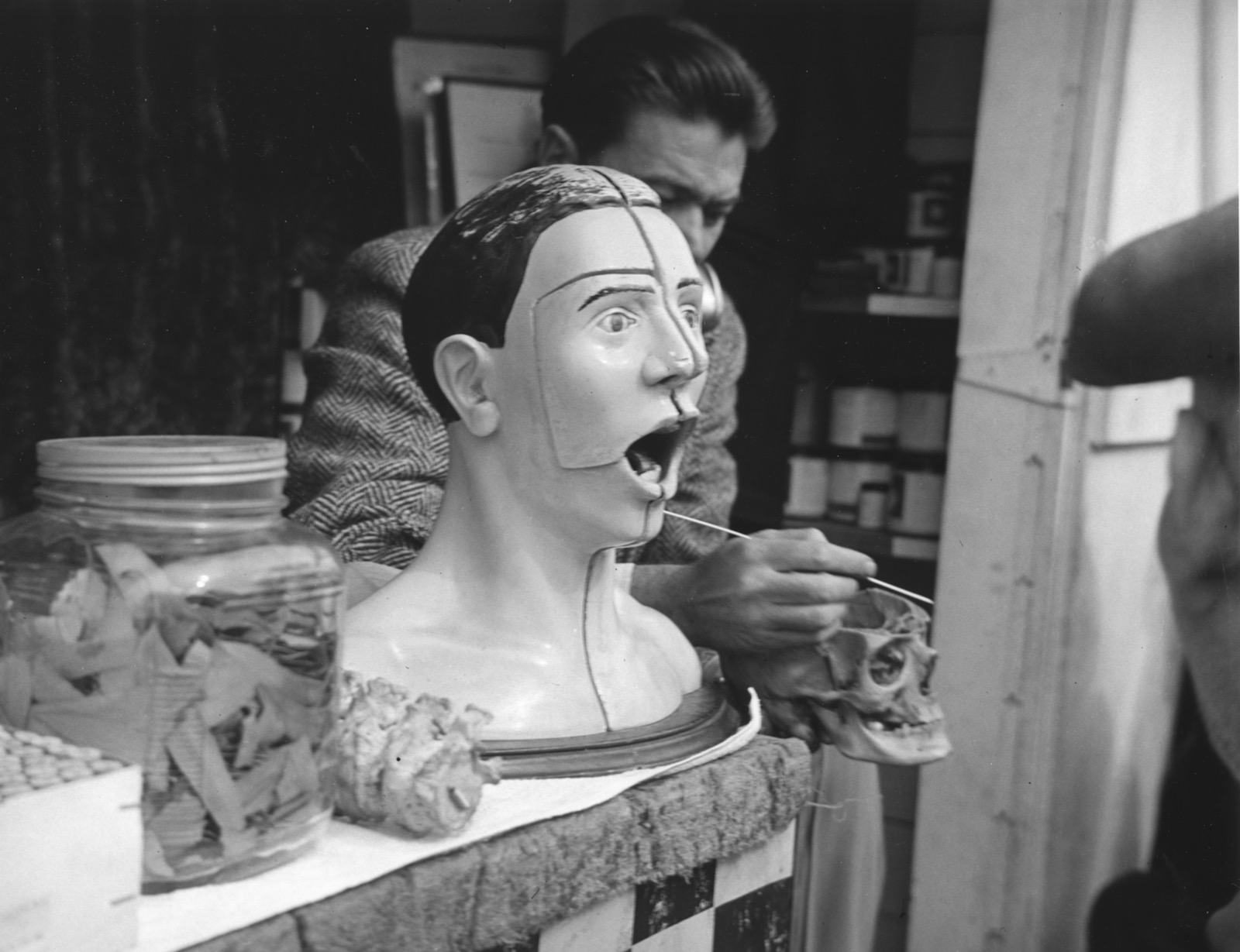
Image: 9 x 11,8 inches
Print: 11 x 14 inches
Numbered, dated, signed and stamped on verso
Image: 9 x 11,8 inches
Print: 11 x 14 inches Kindly.
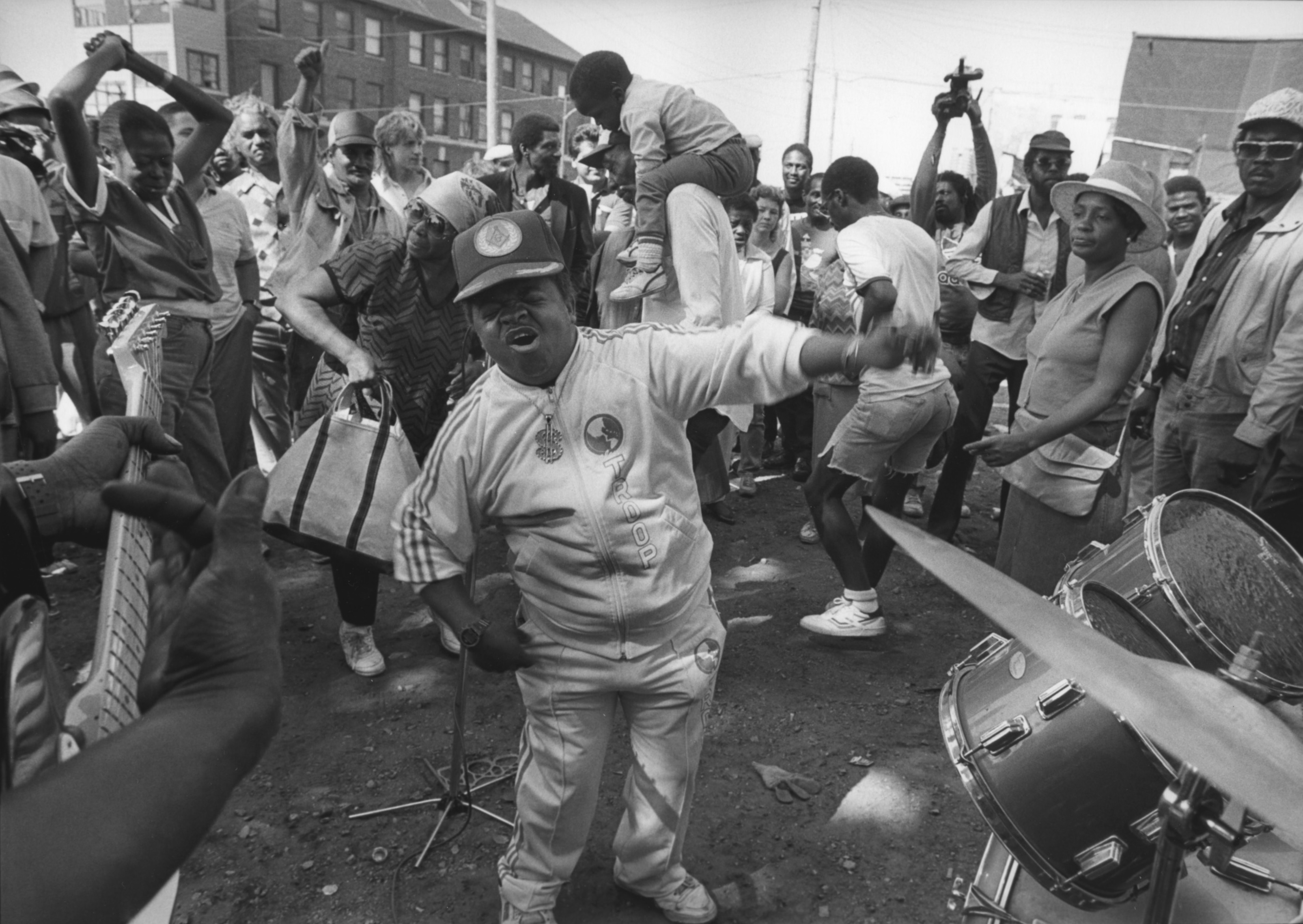
Image: 8,4 x 12 inches
Print: 11 x 14 inches
Numbered, and signed on verso
Image: 8,4 x 12 inches
Print: 11 x 14 inches Kindly.
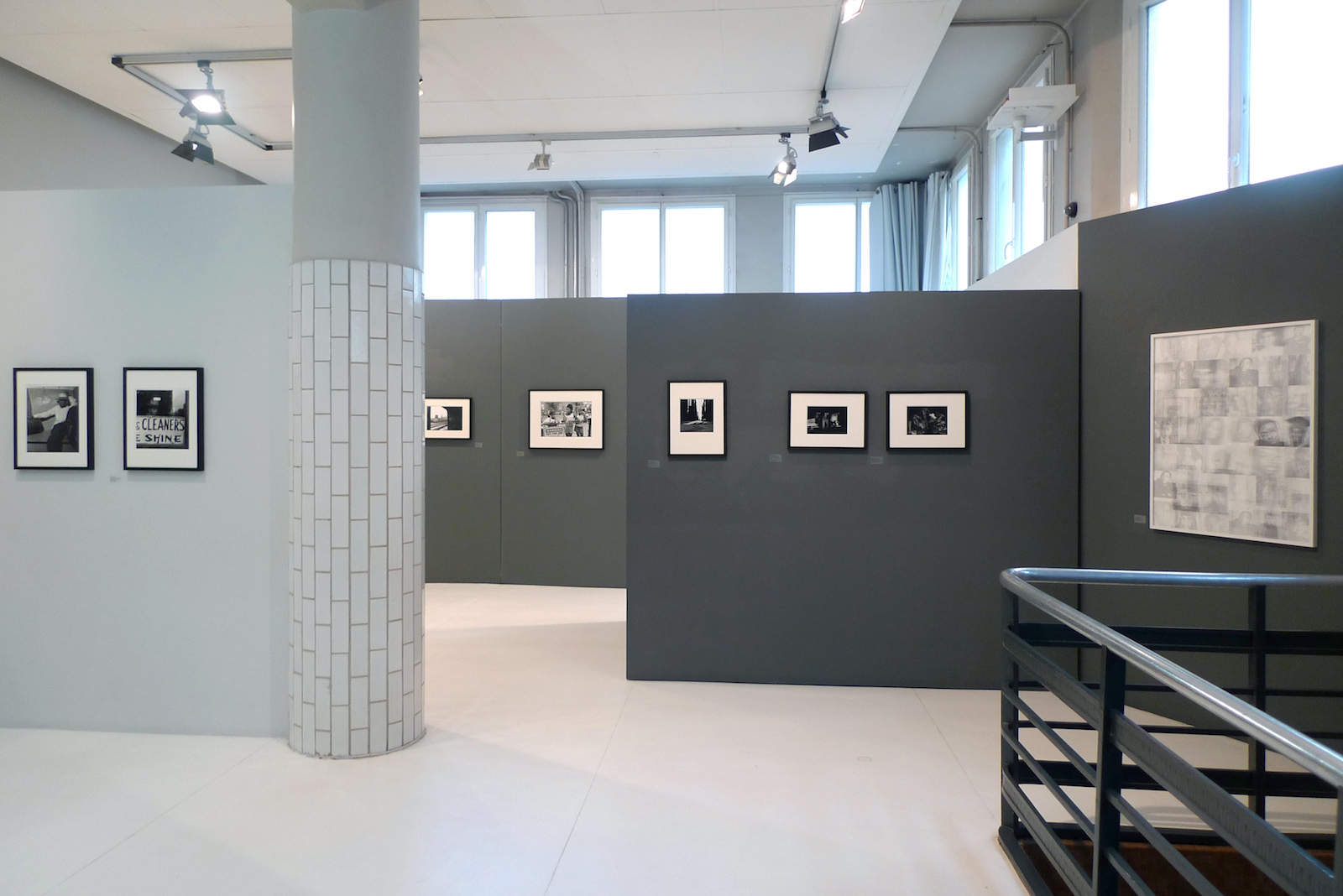
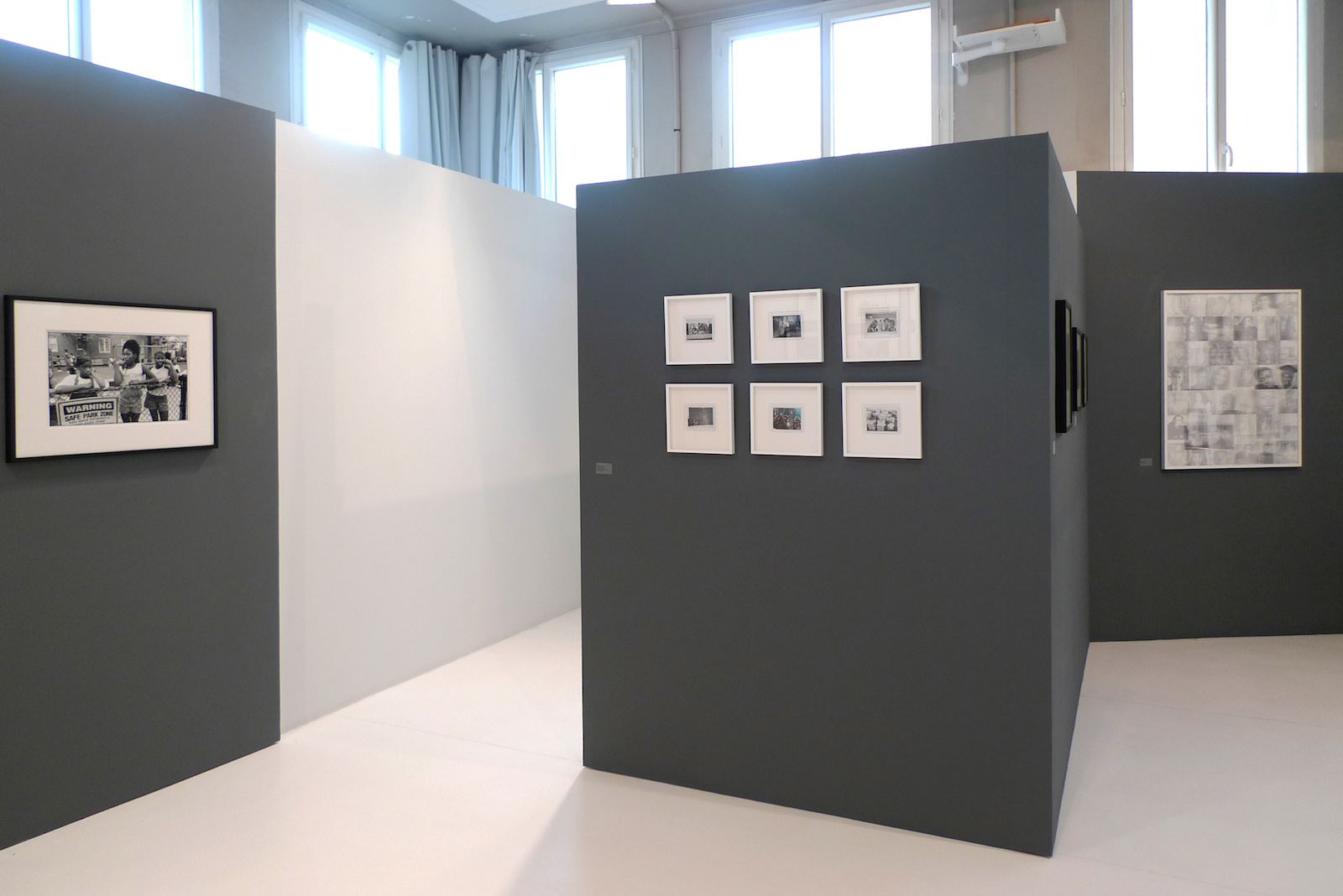
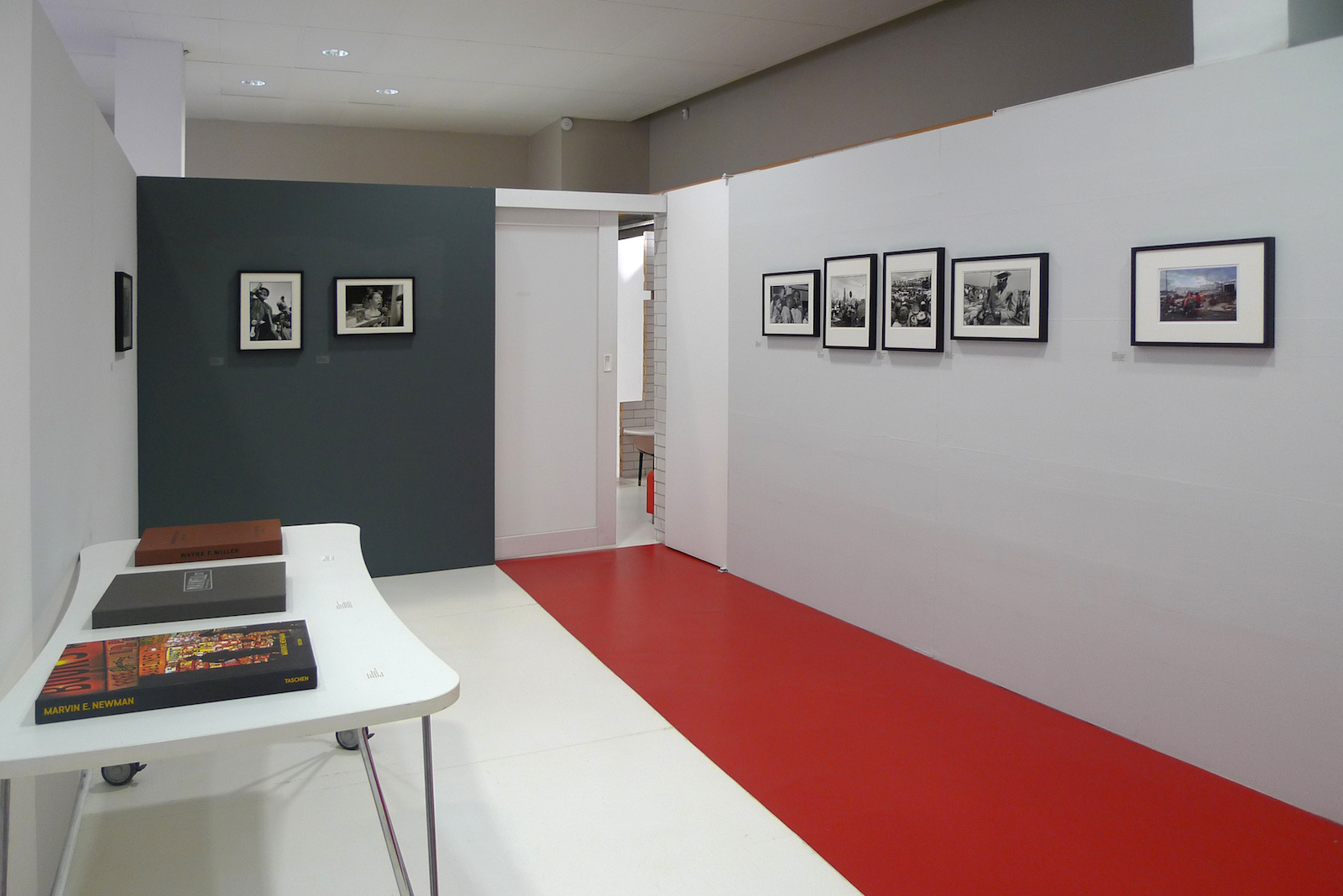
Presentation
The seven photographers who are the subject of this exhibit – Wayne Miller, Ray K. Metzker, Yasuhiro Ishimoto, Marvin E. Newman, Vivian Maier, Tom Arndt and Carlos Javier Ortiz – cover the period from 1940 to the present. None of them has followed the same path and none have the same way of looking at things. Each one presents us with a different image of the African-American community that had come to Chicago from the Deep South with the hope of greater freedom and better jobs. Their photos are a shocking and highly artistic testament to the life of the blacks of Chicago for over a half century.
Press
PRESS RELEASE
Wayne Miller, Ray K. Metzker and Marvin E. Newman are all descendants of the unique talents of Laszlo Moholy Nagy. They all began their apprenticeship at the New Bauhaus, which was transplanted to Chicago in 1937 under his aegis, and followed it through the 1950s, under the direction of Harry Callahan. Through experimental and practical learning, they trained their eye to different aspects of creation: they were introduced to industrial design and advertising, followed by a specialisation in photography and its technical aspects, especially developing finesse in capturing light, geometric forms, the movement of silhouettes and tonal contrasts. But their common background is not a mark of uniformity – quite the contrary!
Ray K. Metzker chose the most geometric approach, ingeniously following Callahan’s teaching. He explores haziness, geometric forms, all the nuances of black and white, turning streets into theatre backdrops.
Coming from New York, where he gained a wide experience in short films and photography, Marvin E. Newman brought his Japanese accomplice, Yasuhiro Ishimoto, along with him on his unencumbered walks among the African-Americans of Chicago. They were the first to capture the neighbourhood where all of Chicago’s ethnic groups mixed, and where blacks came to buy modest or eccentric second-hand clothes, play blues and offer their supernatural remedies to the ill. Maxwell Street is the court of miracles that none of the other photographers was able to resist. Newman was also a regular visitor to the South Side, where from 1940 onward black poverty has only increased. He captures the delight of children. He shows us the gaze of men, looking at things we can’t see or running from things we can only imagine.
For his part, Wayne Miller never forgot either his experience during the war in the Pacific or the vision of Hiroshima. He built a careful archive of the daily life of the blacks he lived beside in his native city from 1946 to 1948. His work is like a long tracking shot through the South Side, a territory where the exuberant, public life of some alternates with the poverty of others, hidden in the dark, muddy allies.
Vivian Maier, whose singular destiny is now common knowledge, obviously needed no instruction. It was not easy for her to venture to the black South Side. But it was a resounding success! She was able to capture the slow waiting of blacks in the street; her gaze is recognizable in every photograph.
From rural Minnesota, Tom Arndt also immersed himself in black neighbourhoods. The force of his determination is particularly evident in a photo of a man looking at us as he stands in front of the simple word save. Save. One letter short of slave...
Carlos Ortiz worked in the heart of the South Side in the 2000s, when violence was as prevalent as in the past. The young victims of their own ‘brothers’ continue a culture of solidarity in suffering. Ortiz was at work day and night, offering us the devastated landscape of Englewood where every block represents a step in the incessant movement of construction and demolition, alternately resembling a battlefield and a land of solidarity.
What do these photographers feel for the people of colour who are still on the margins of other communities? They did not hide their cameras; they went out to find them in order to capture their place in the city, their attitudes and their stories.
This exhibit is part of the events of Black Chicago, which include a public conference organised by the Paris branch of the University of Chicago from 15 to 18 November 2017.
Henri Peretz
Sociologist, Université de Paris 8, Senior Fellow Yale Univertisty
